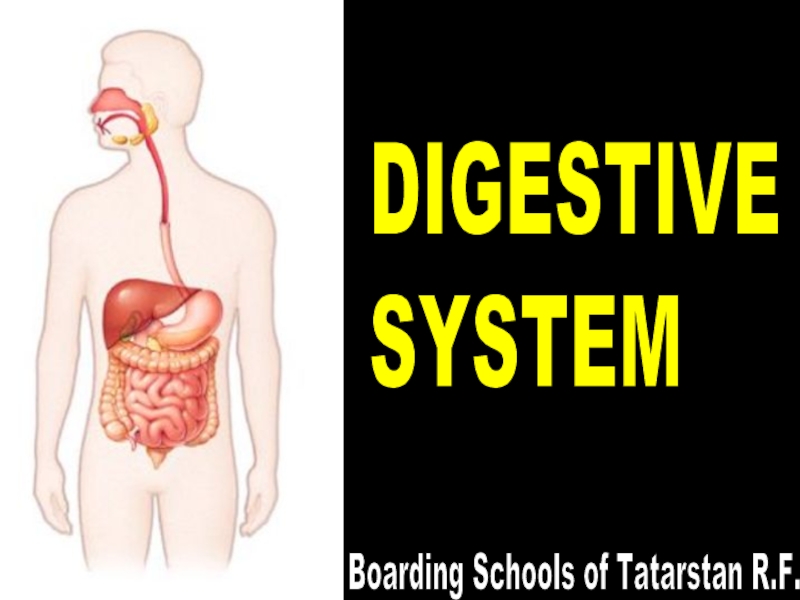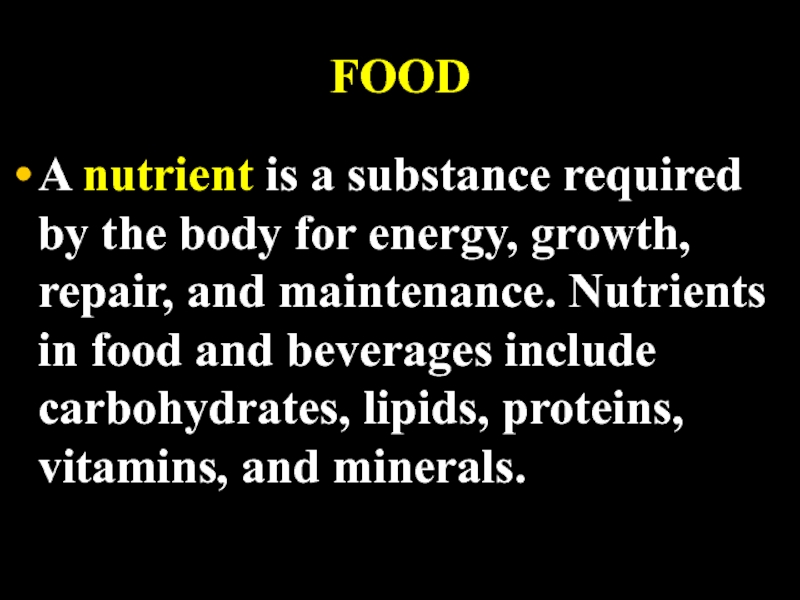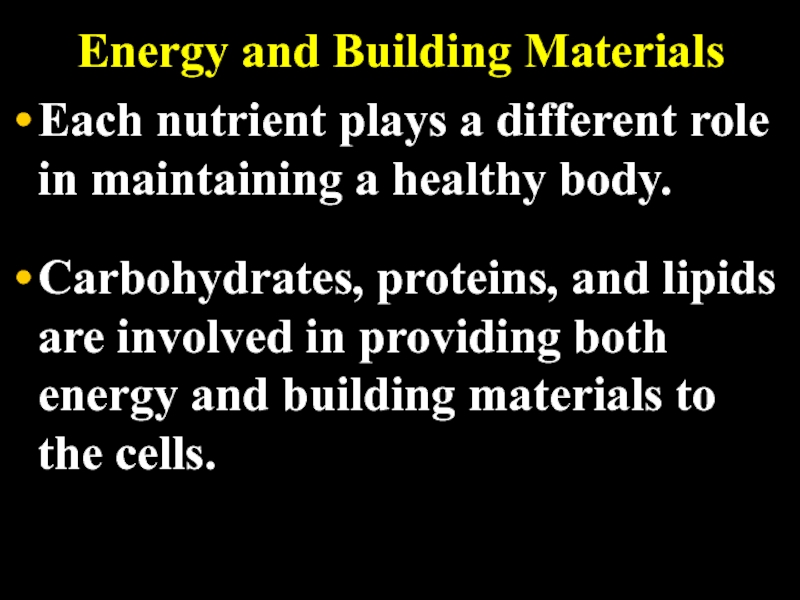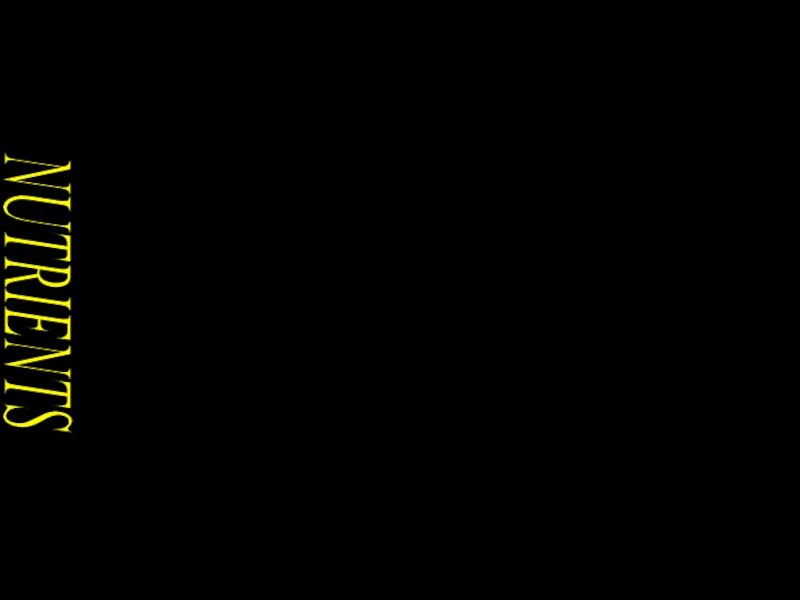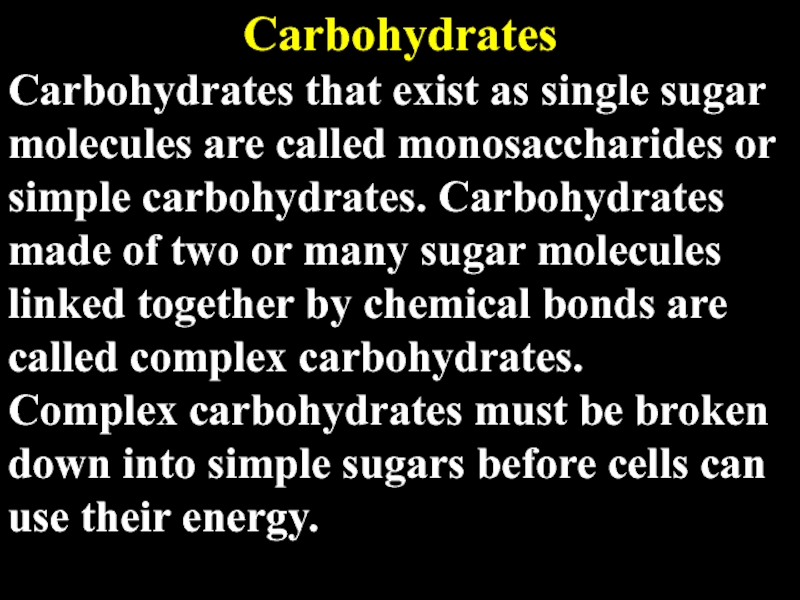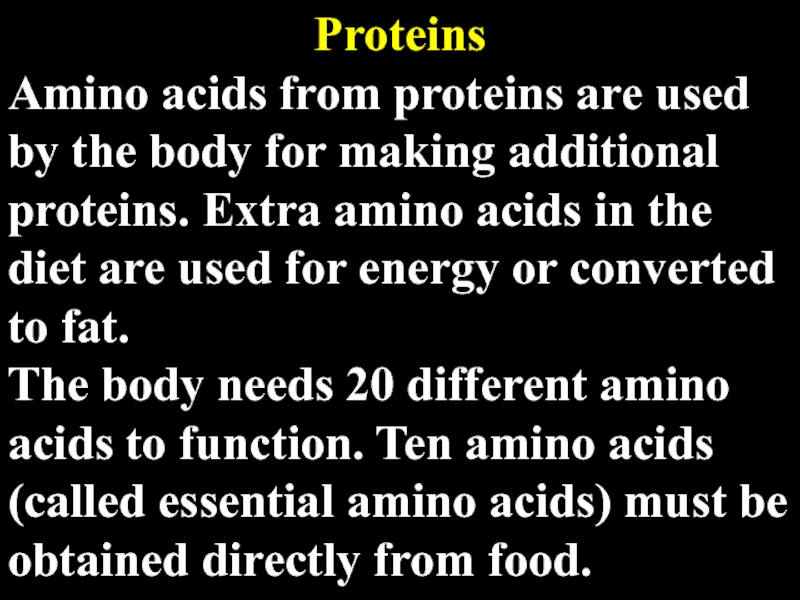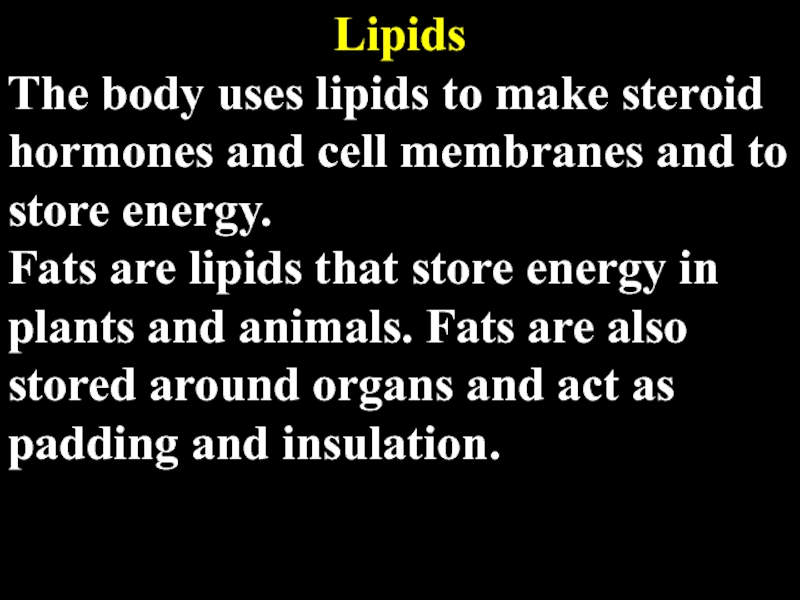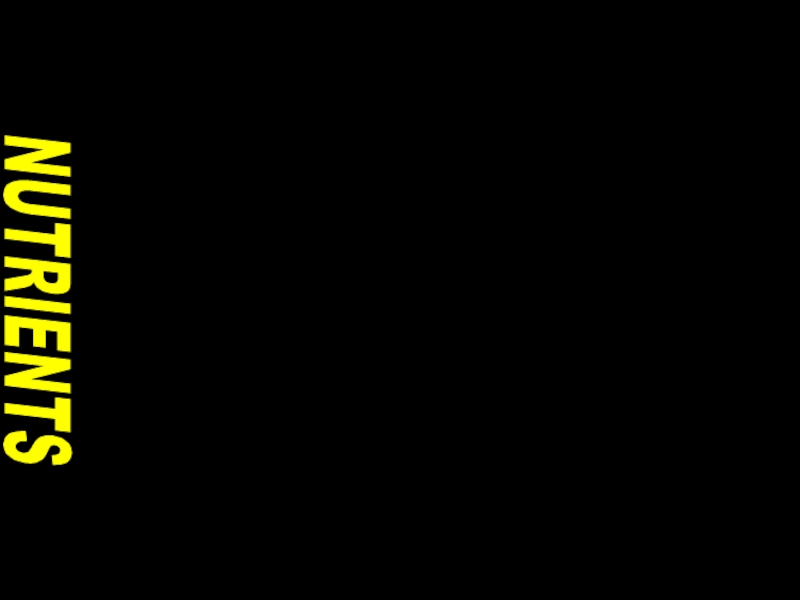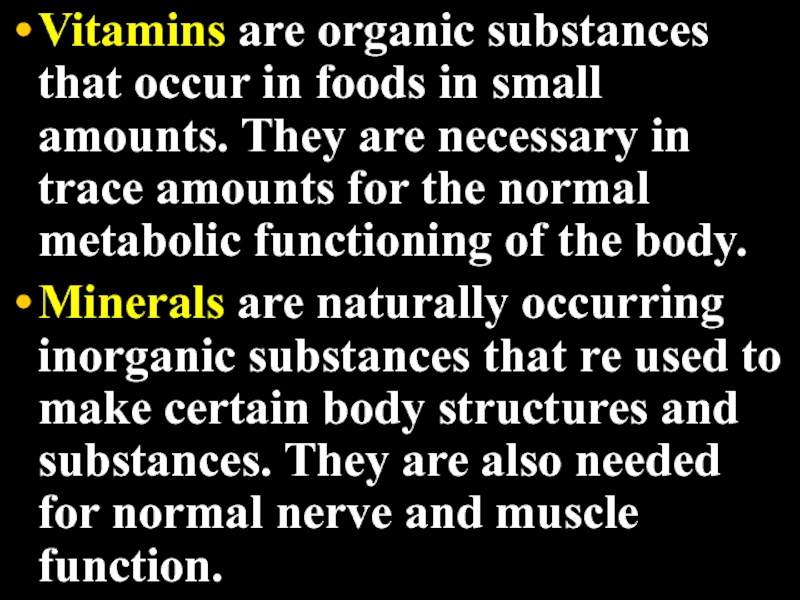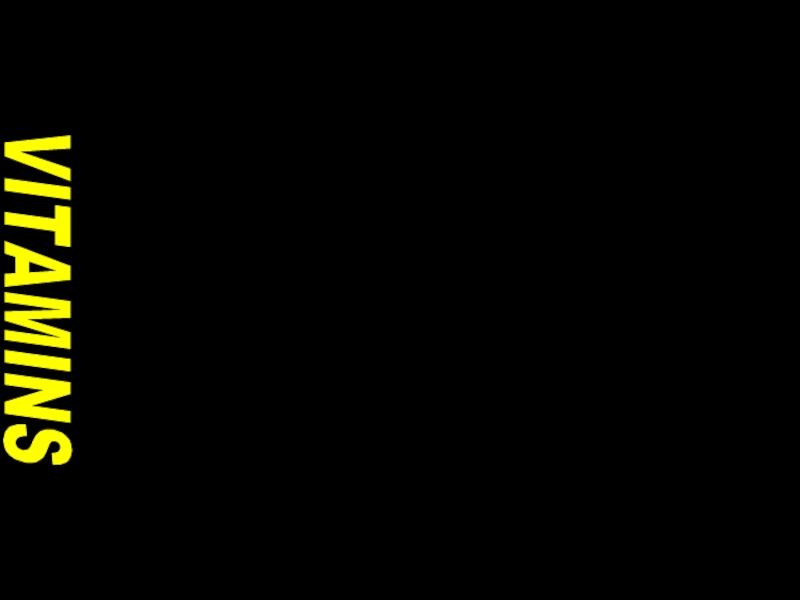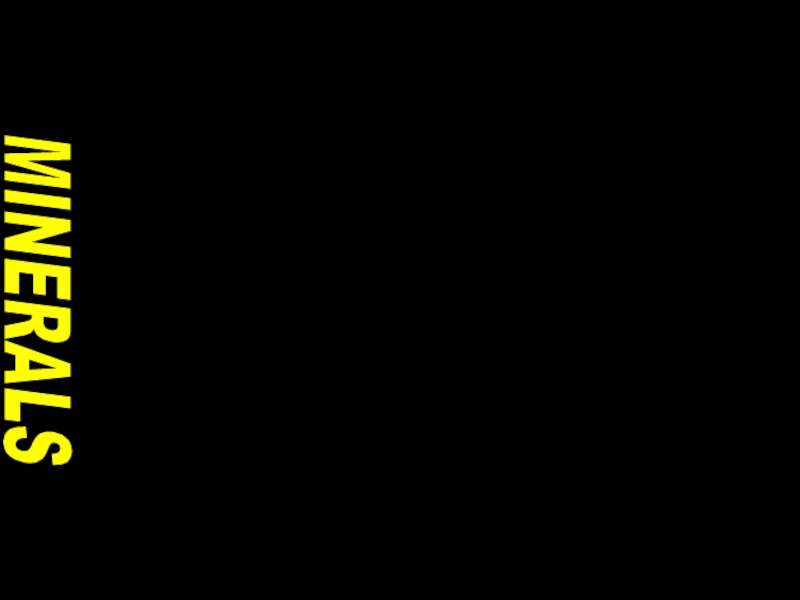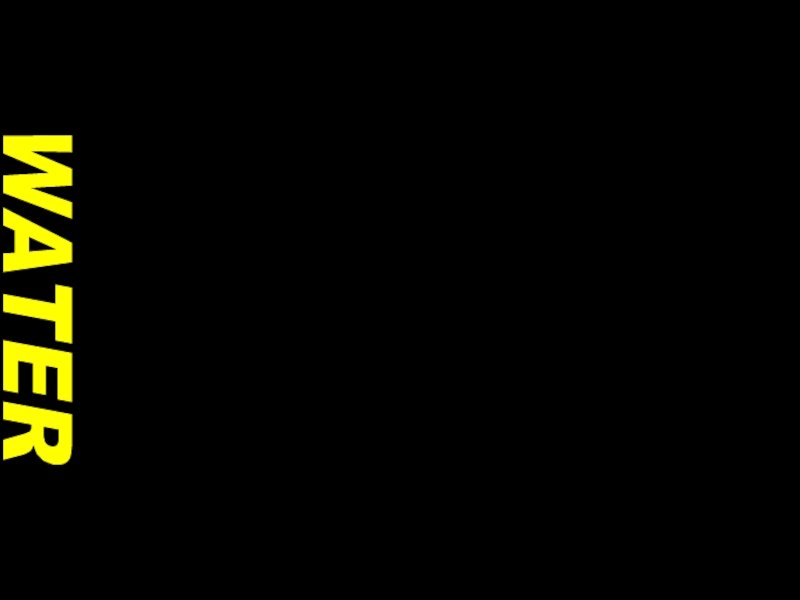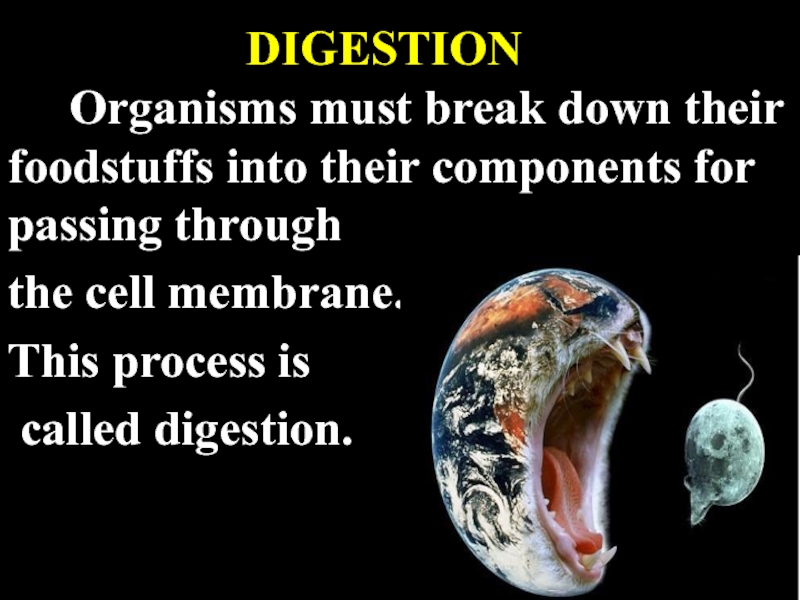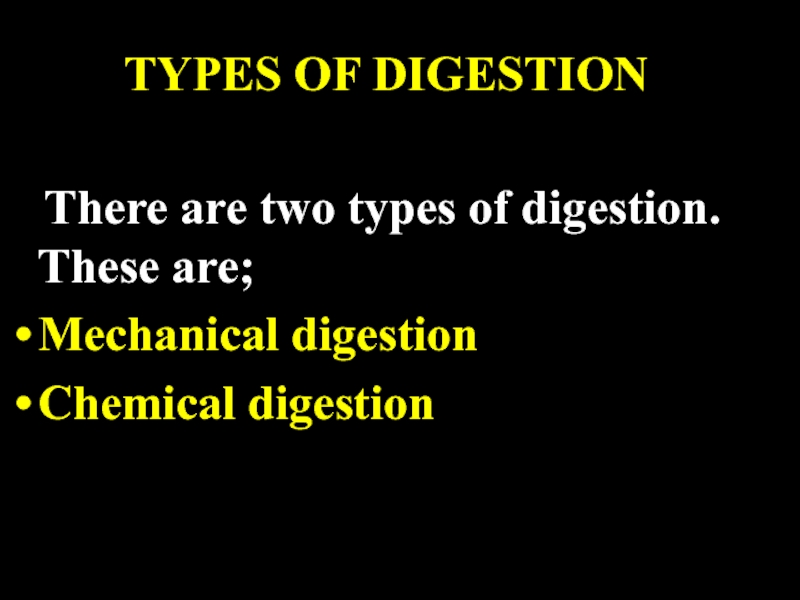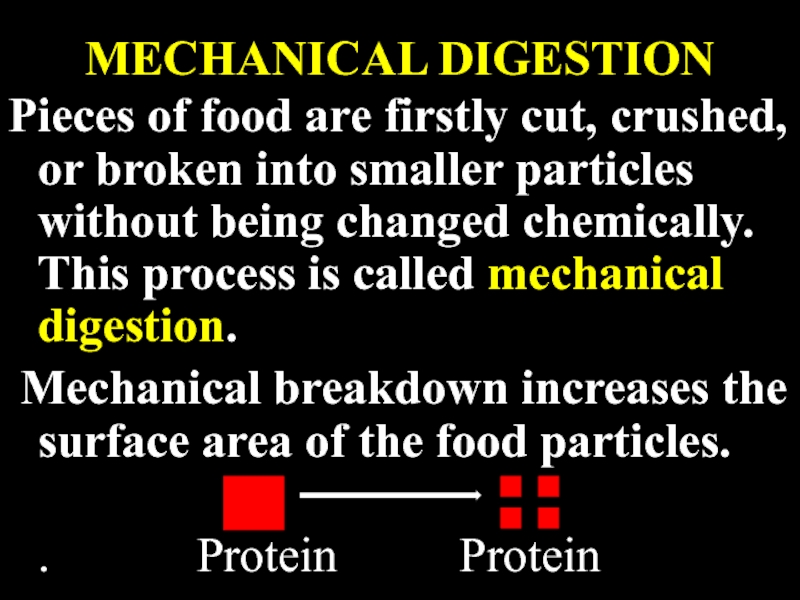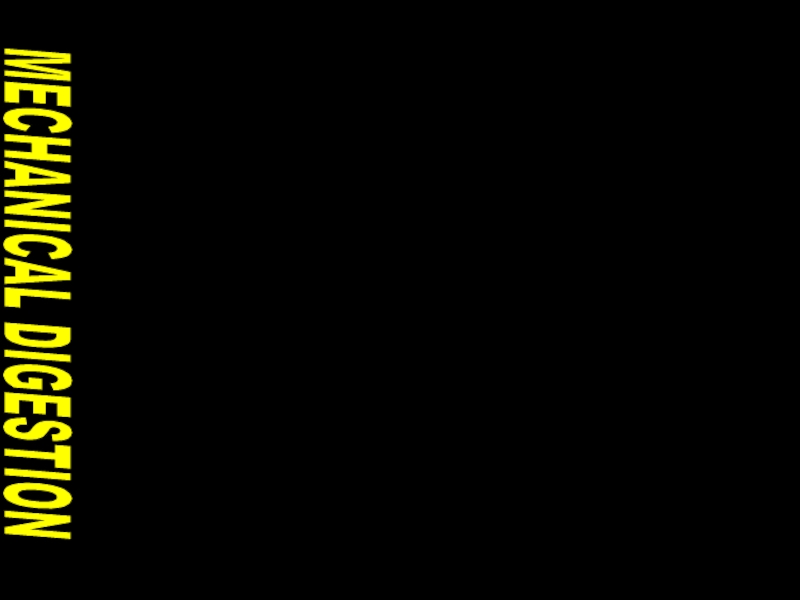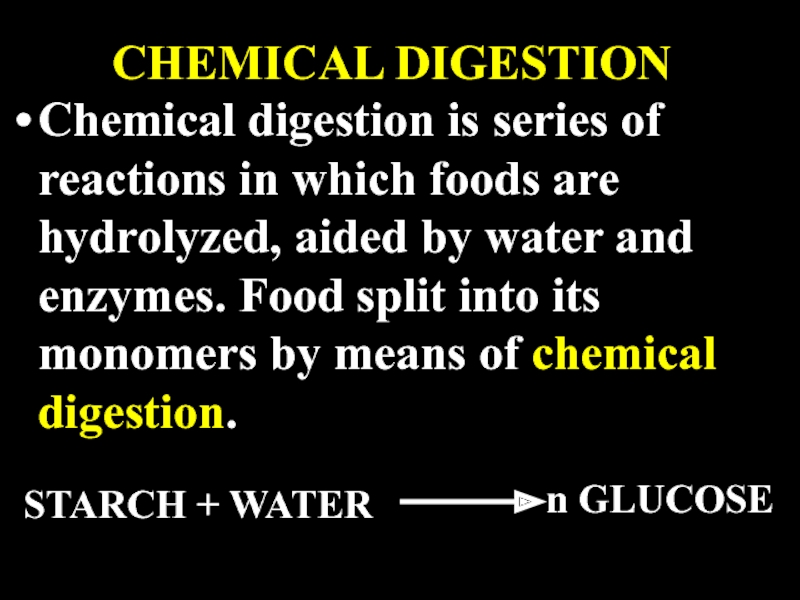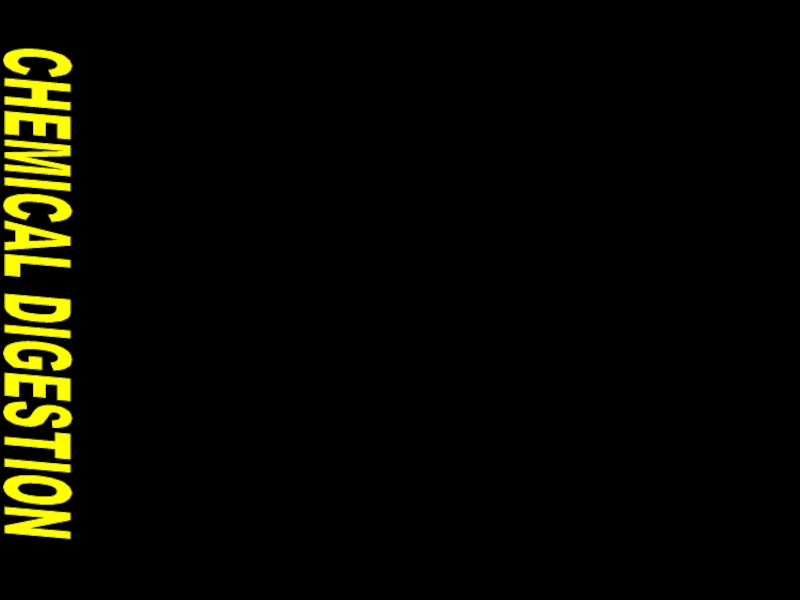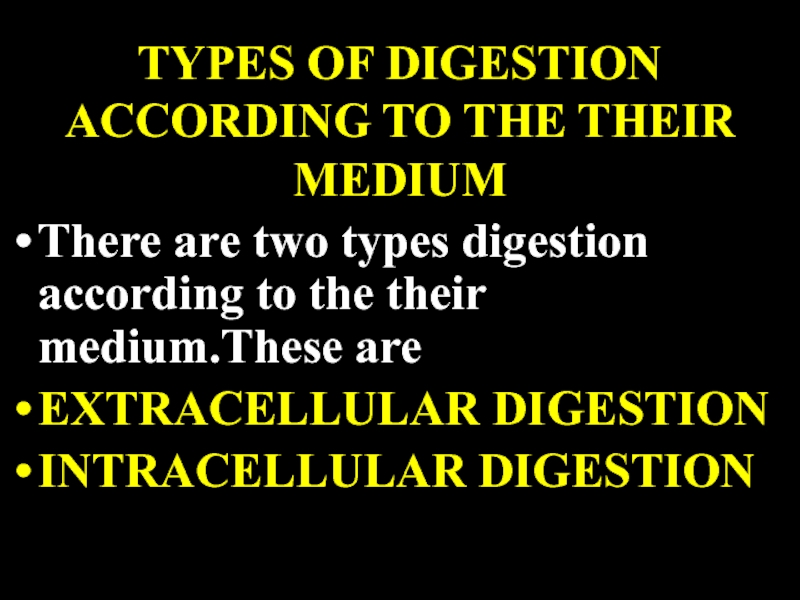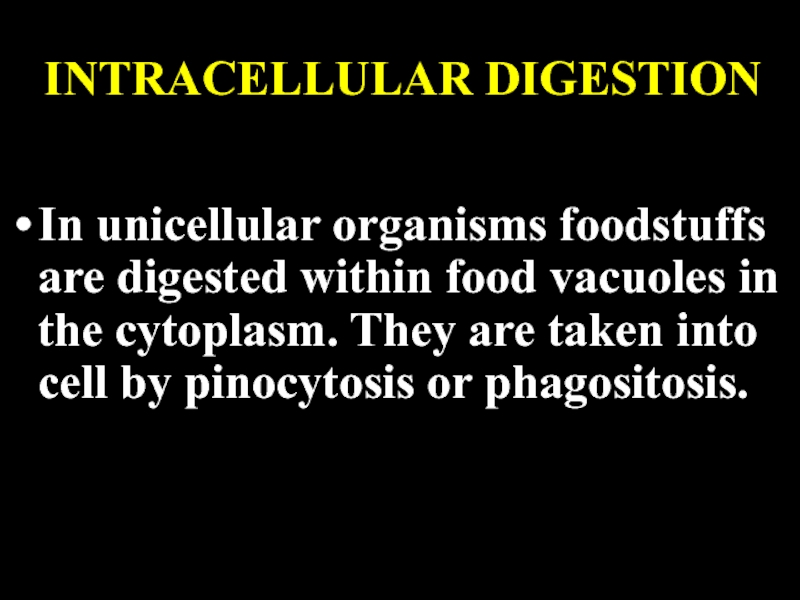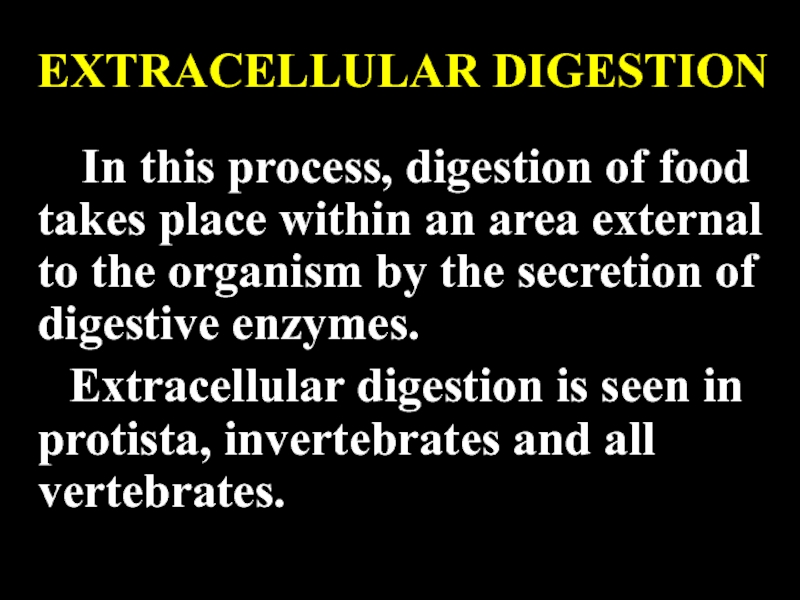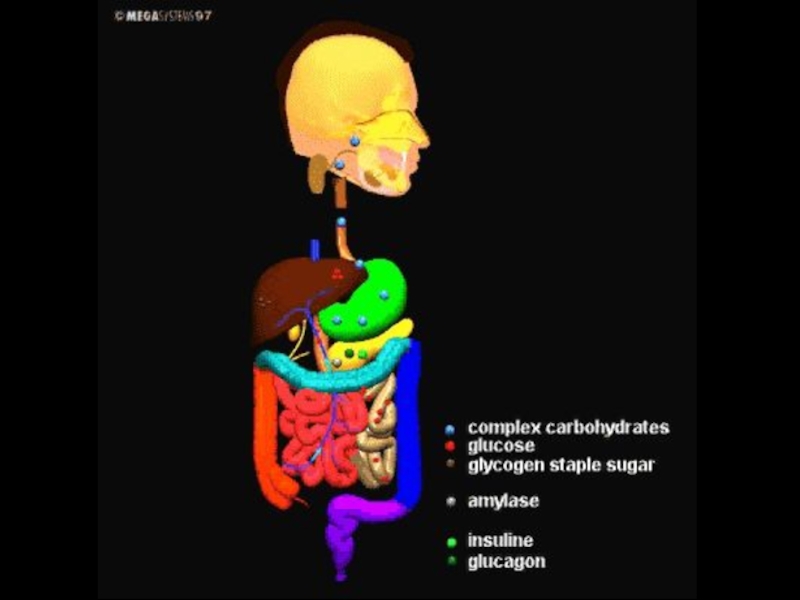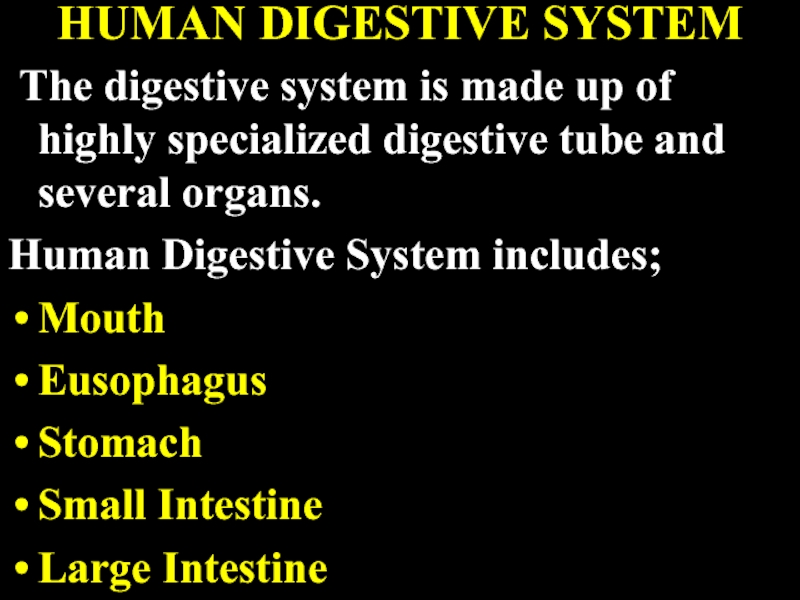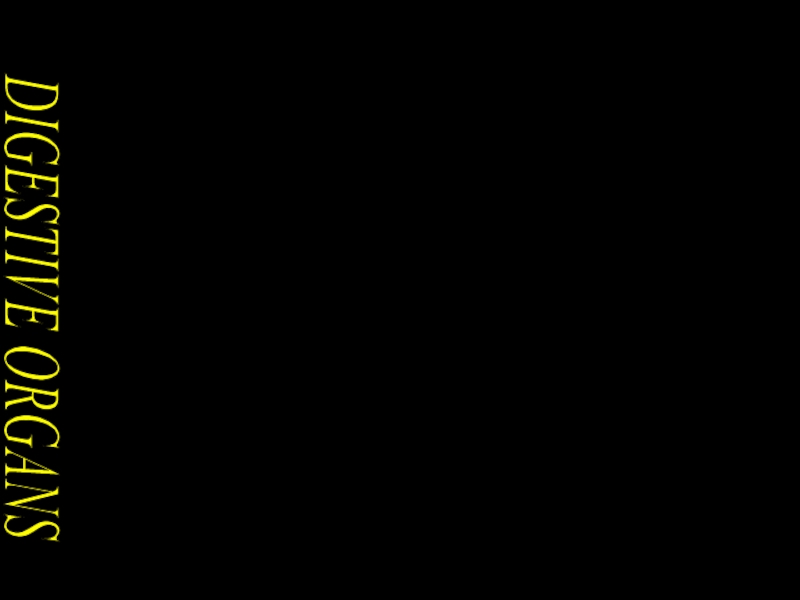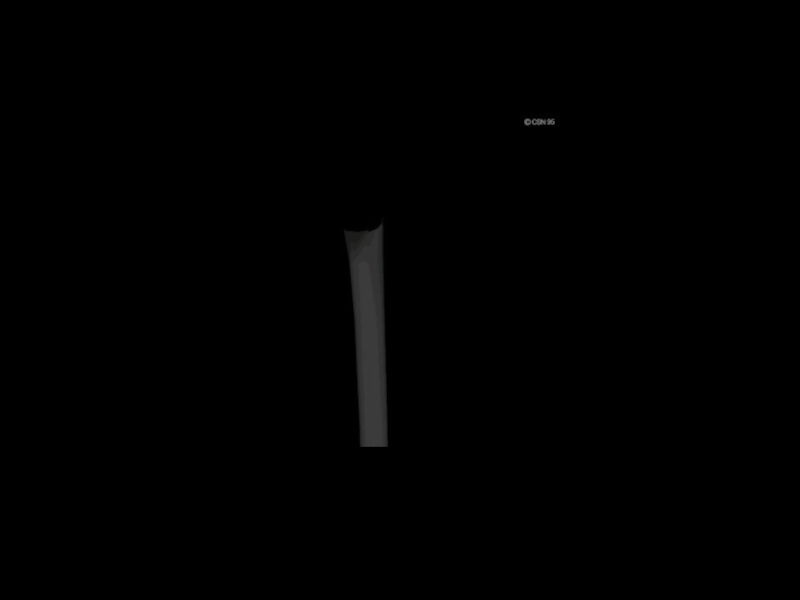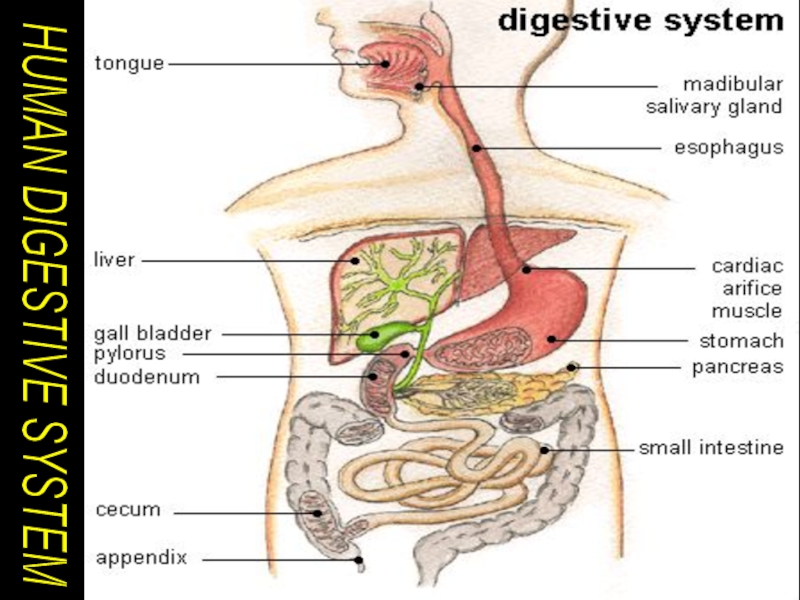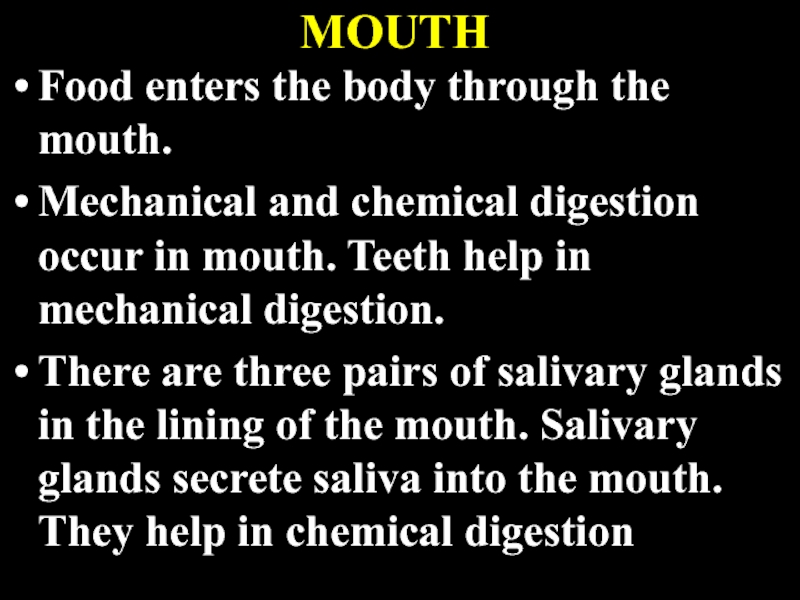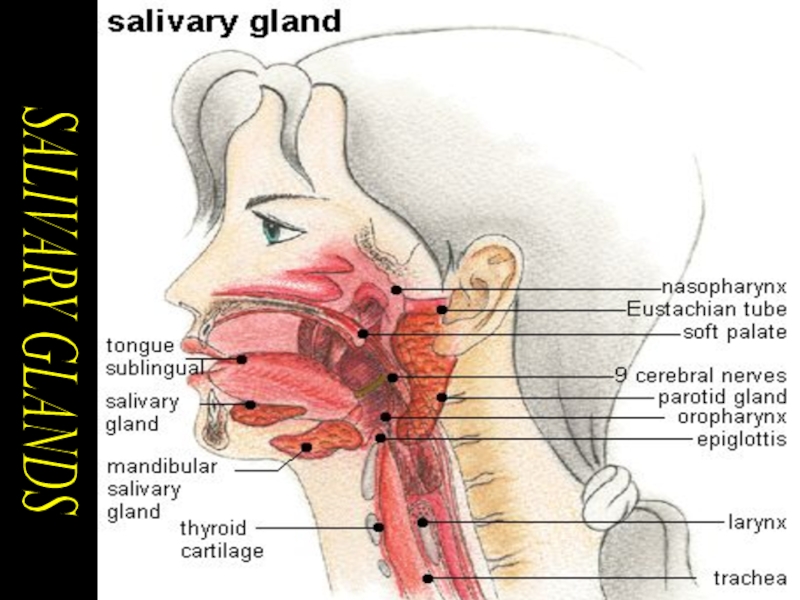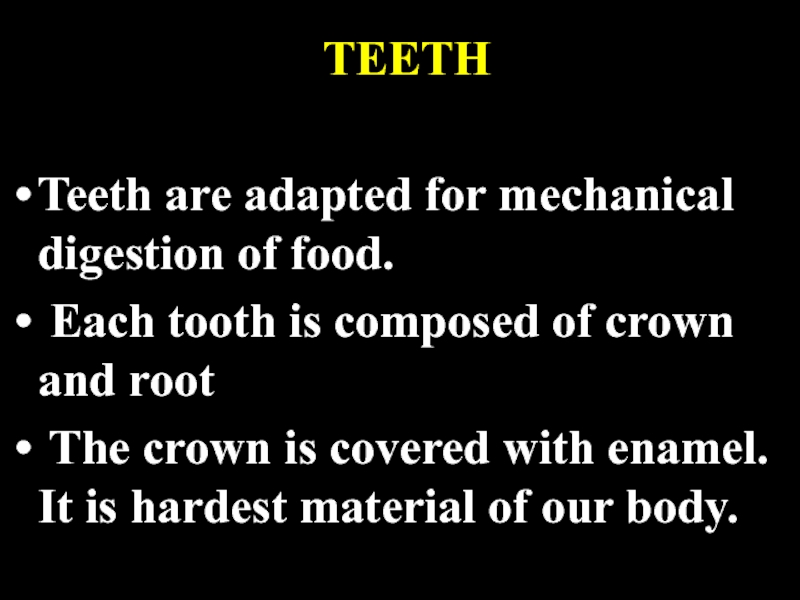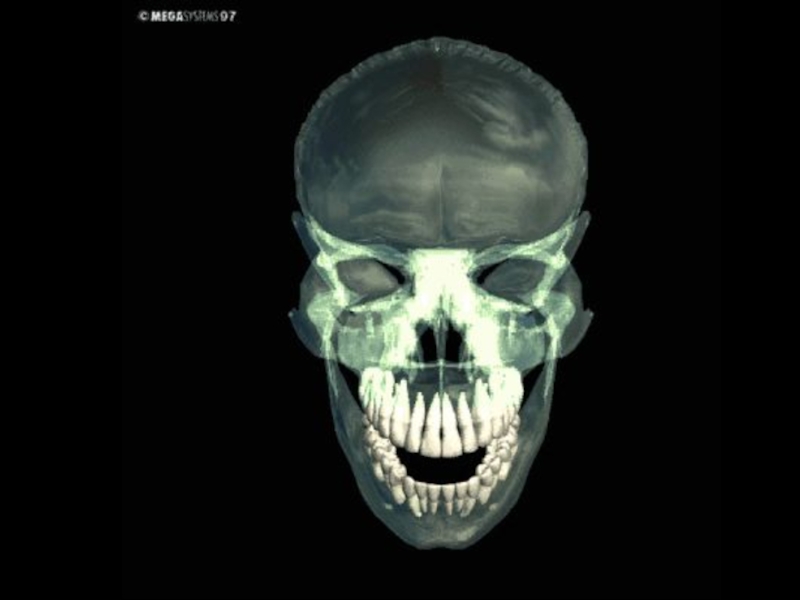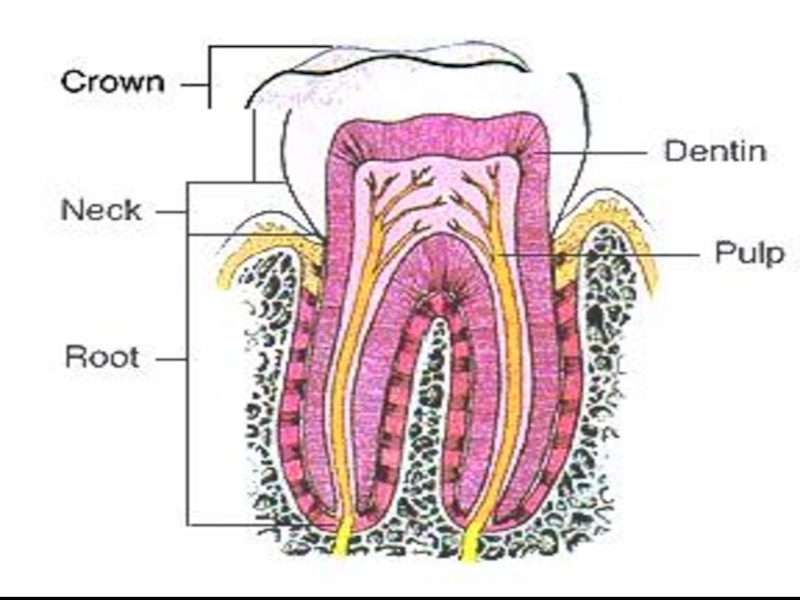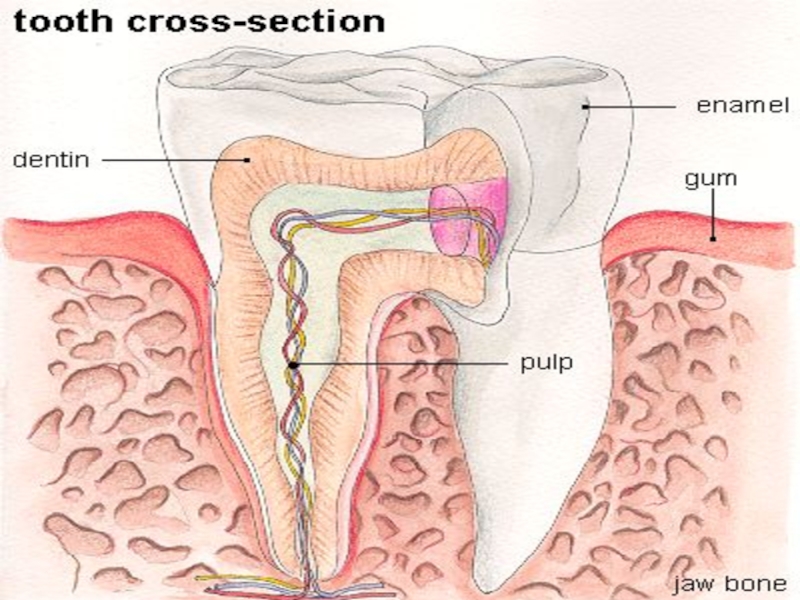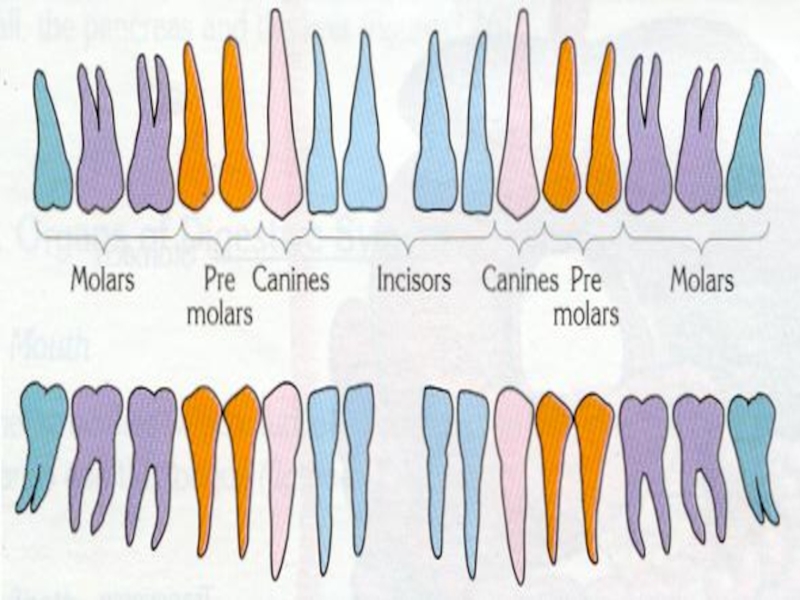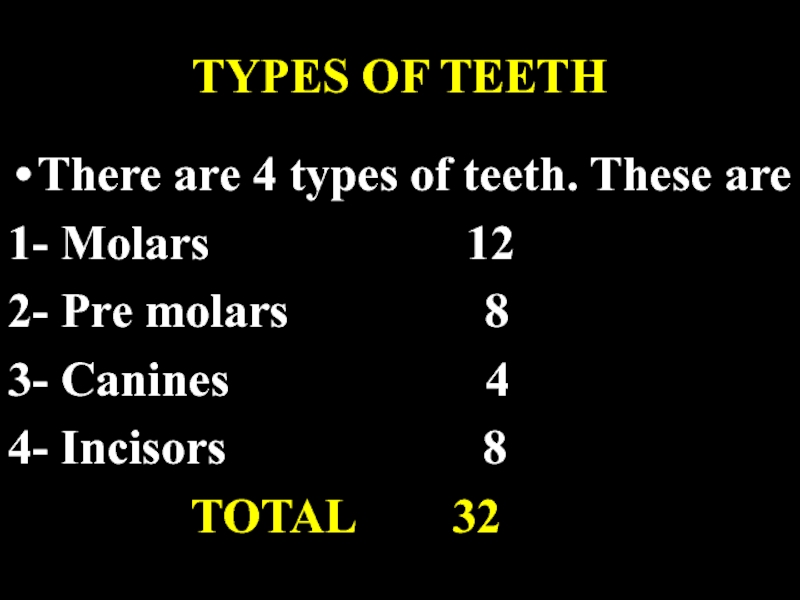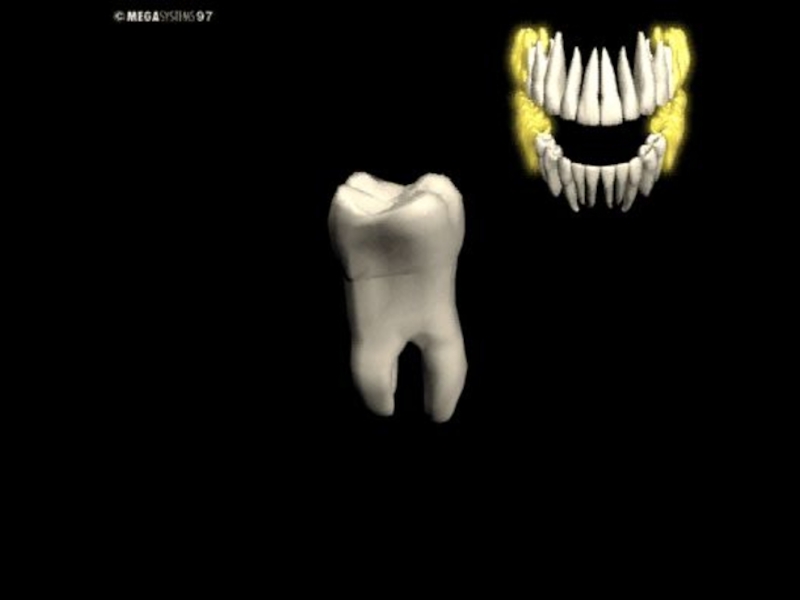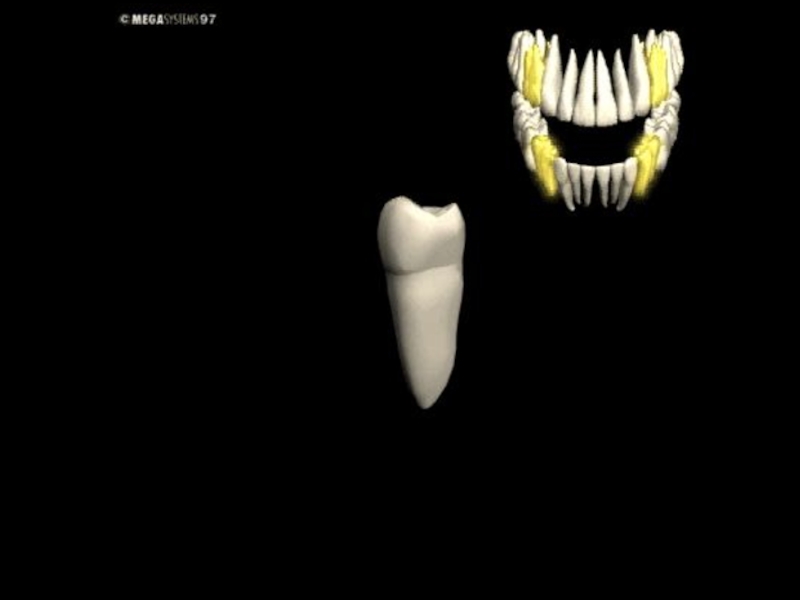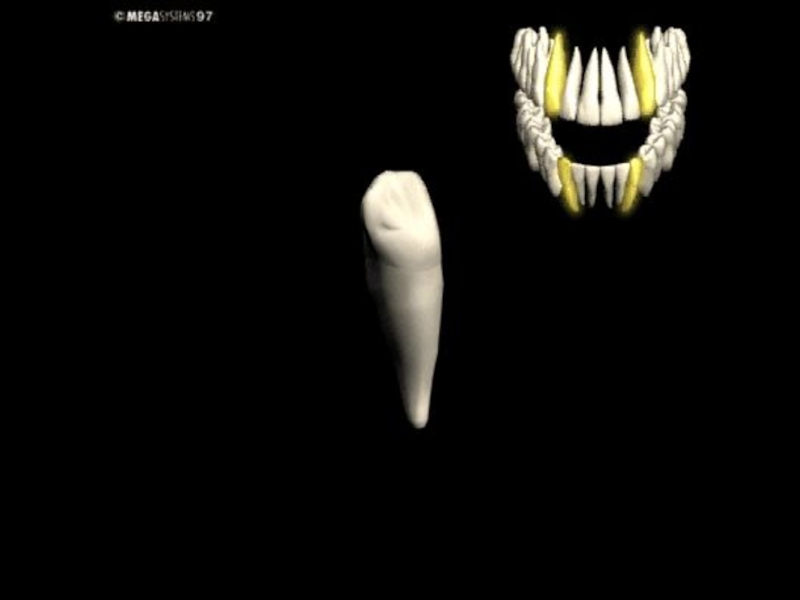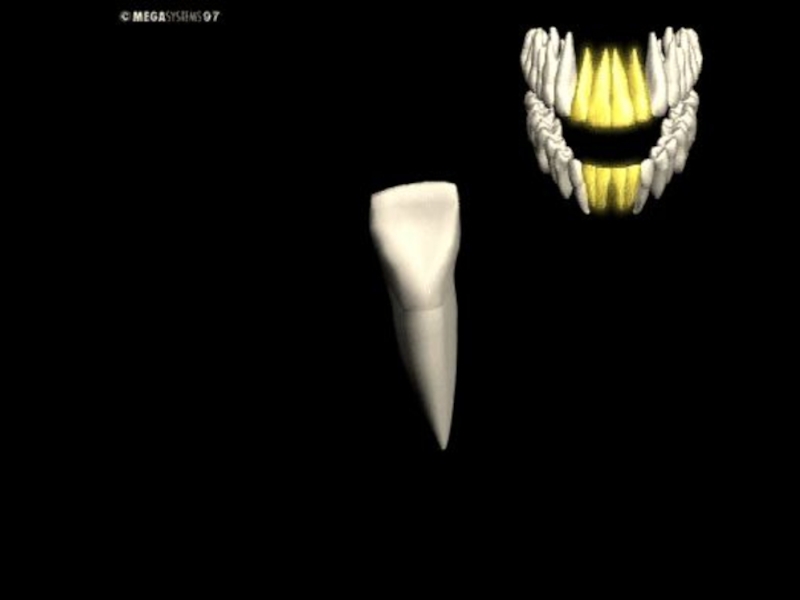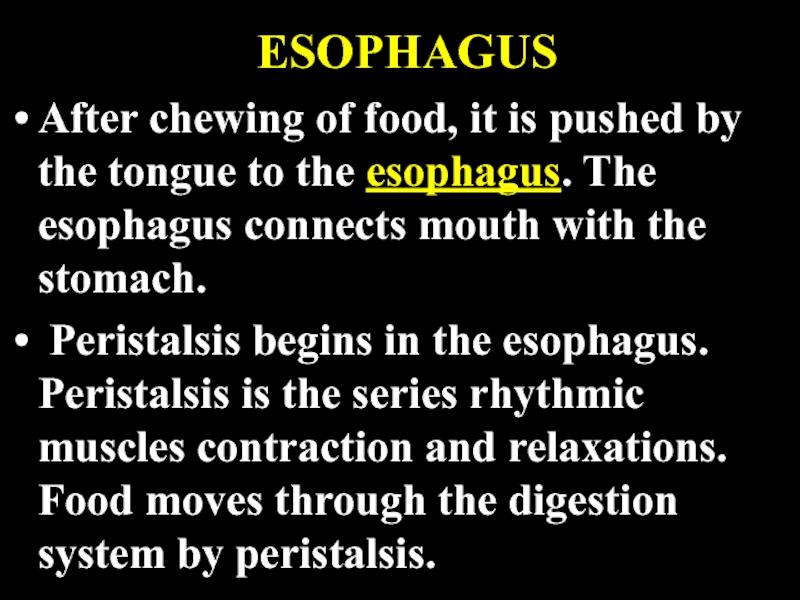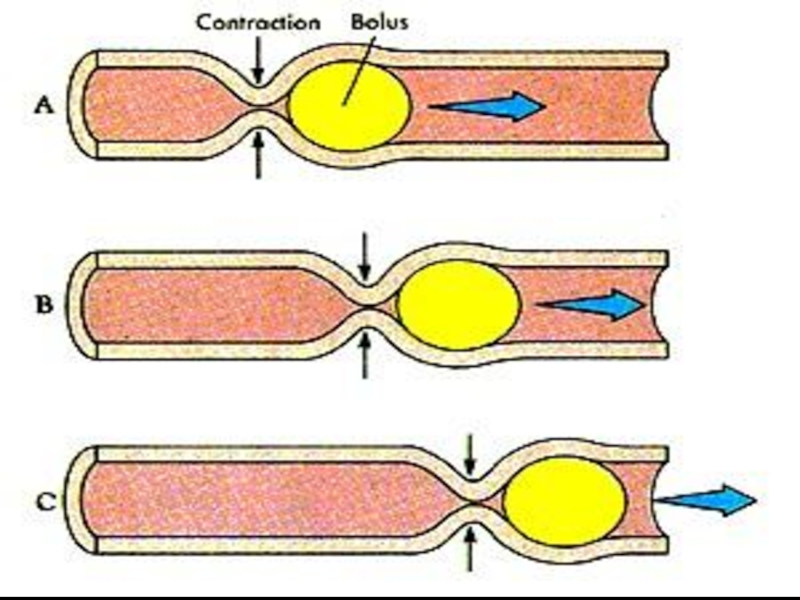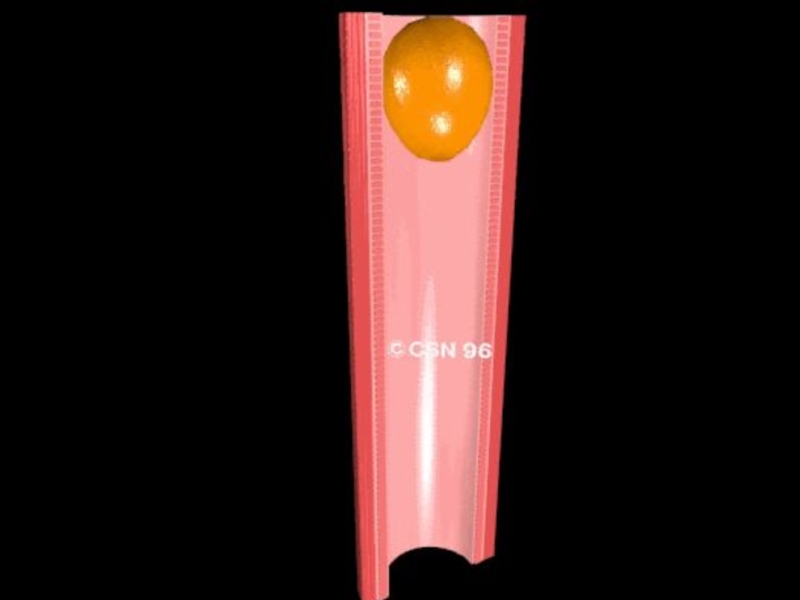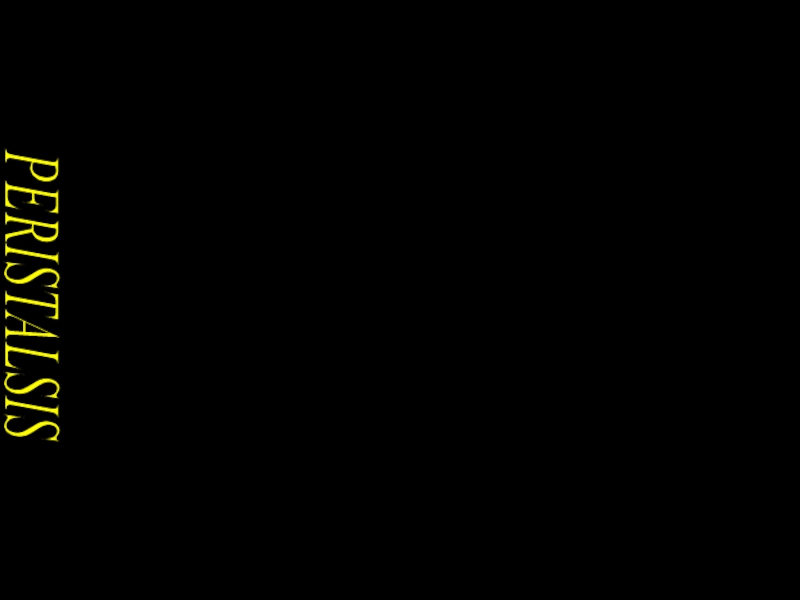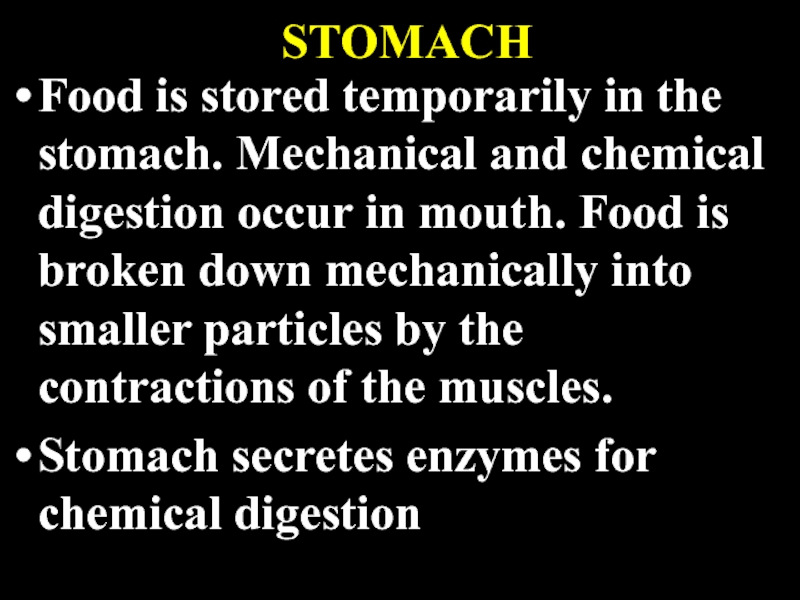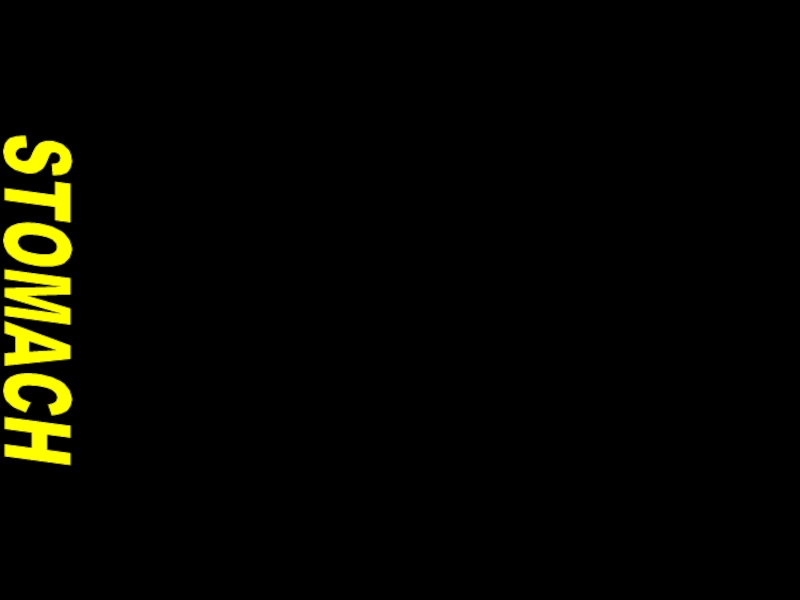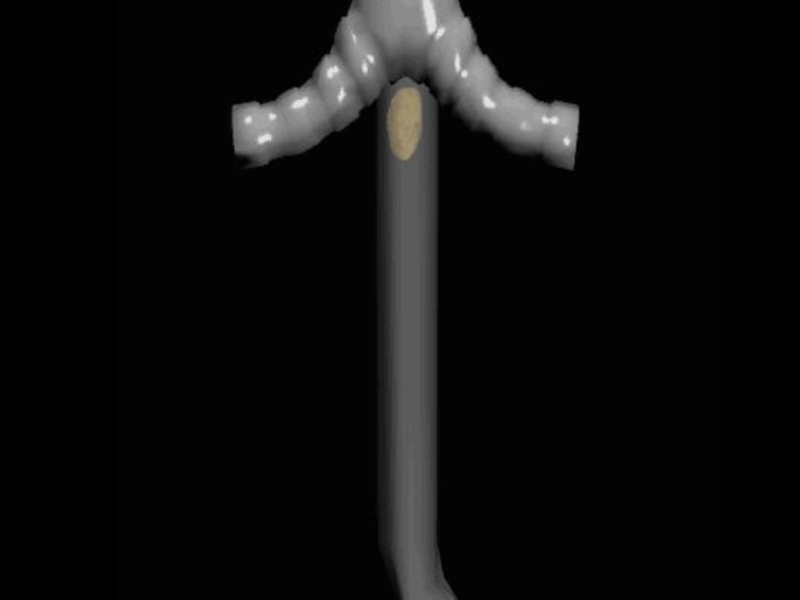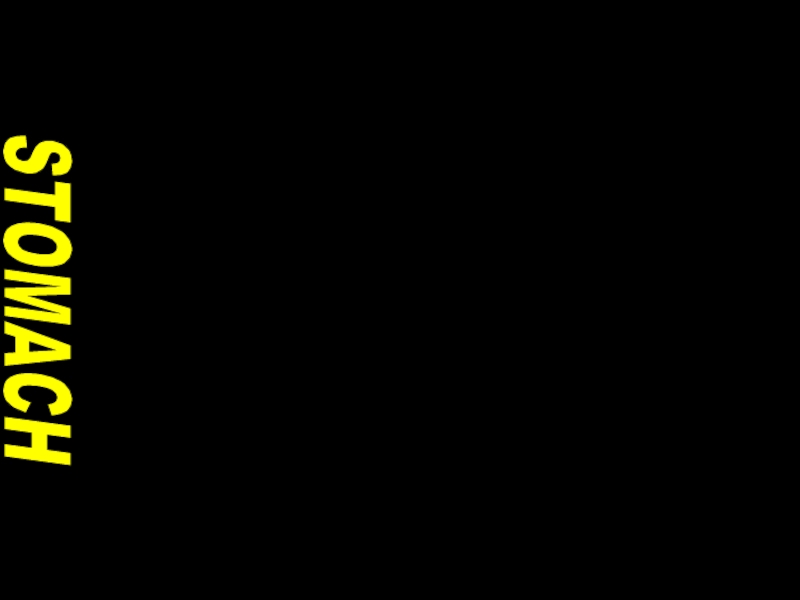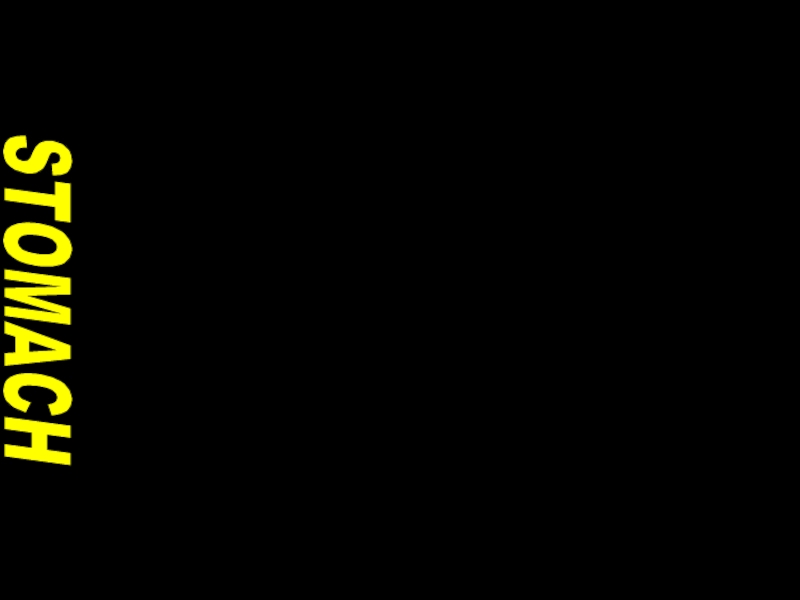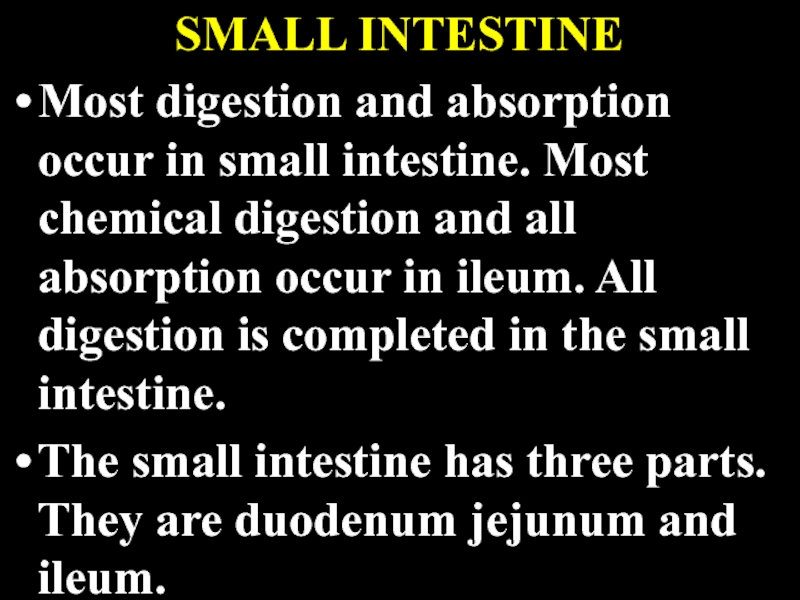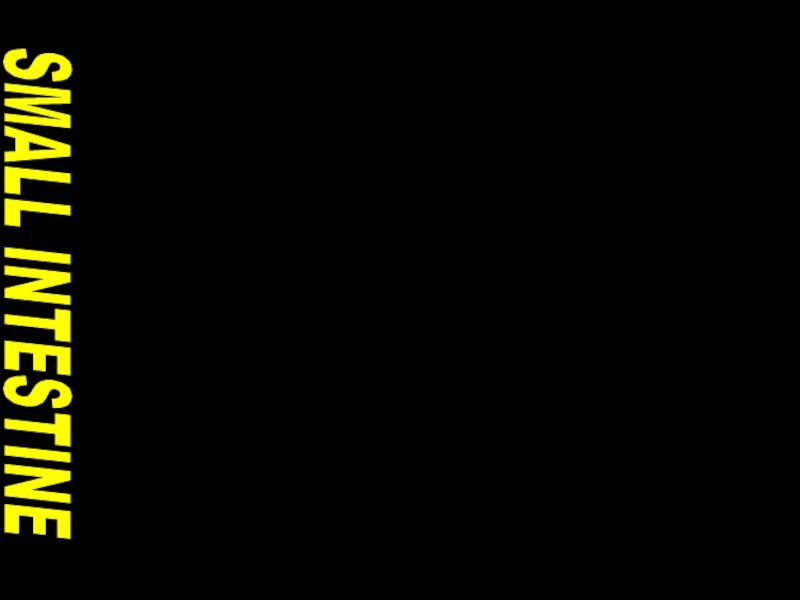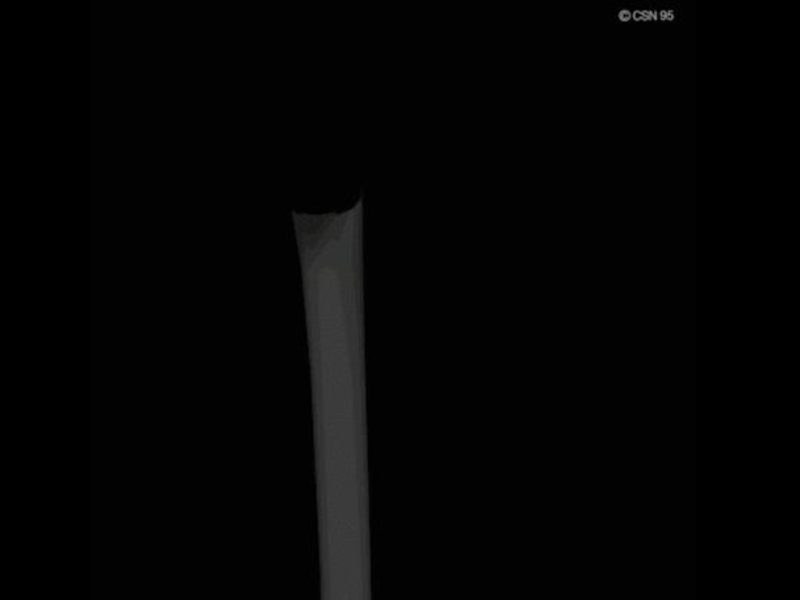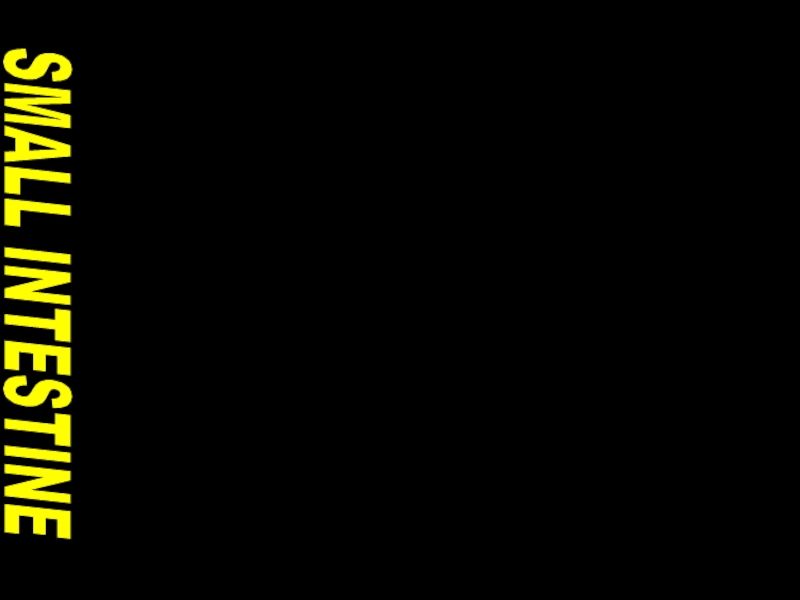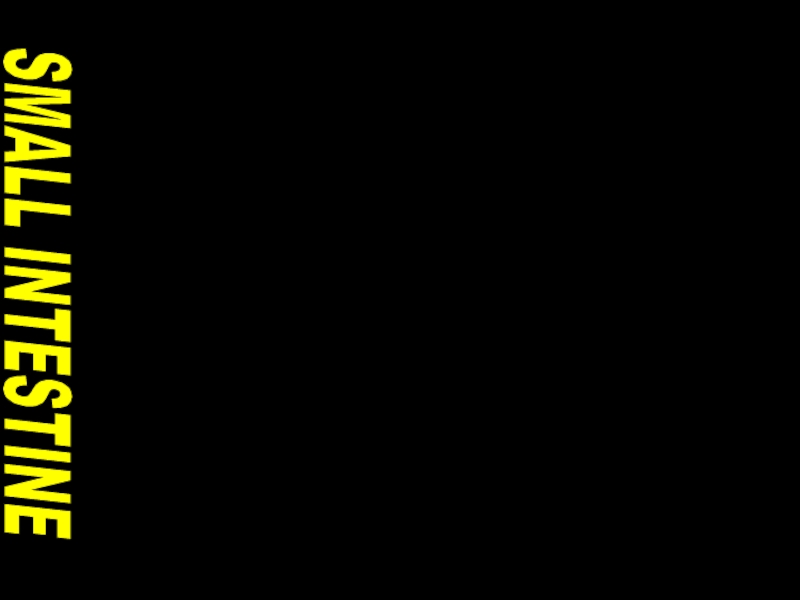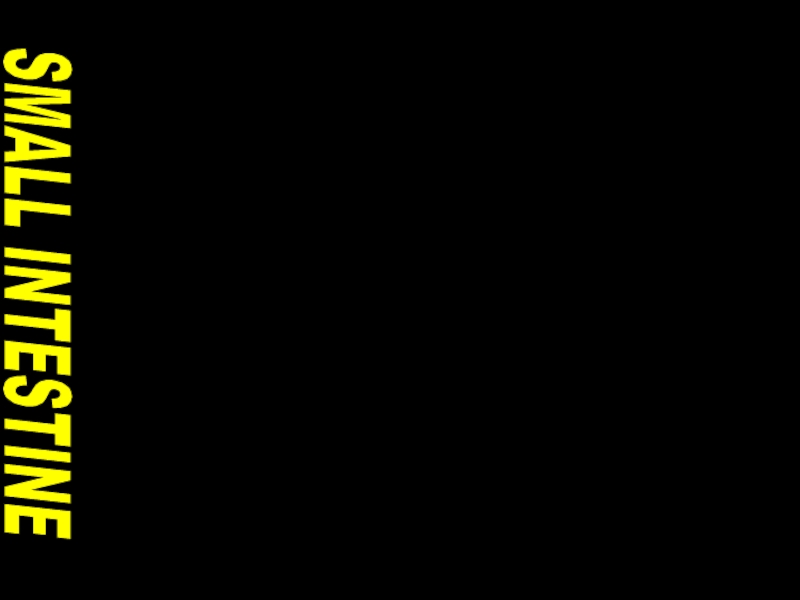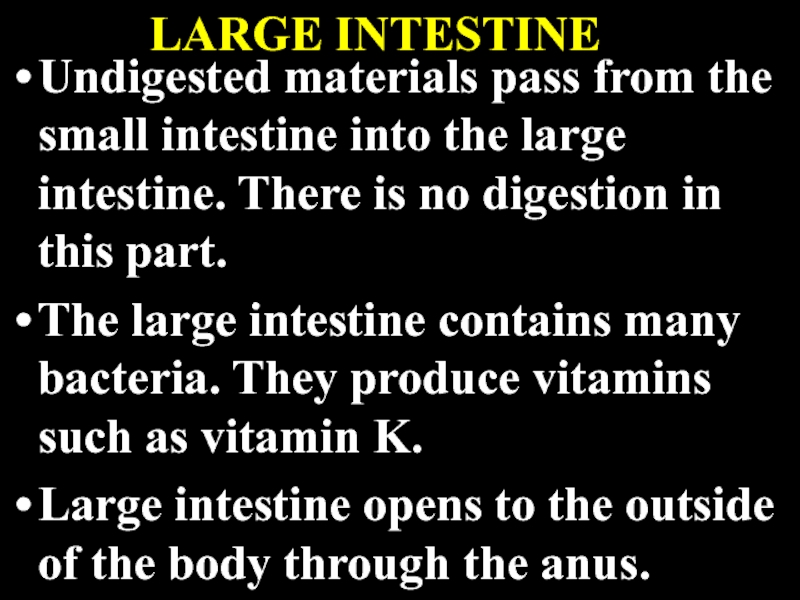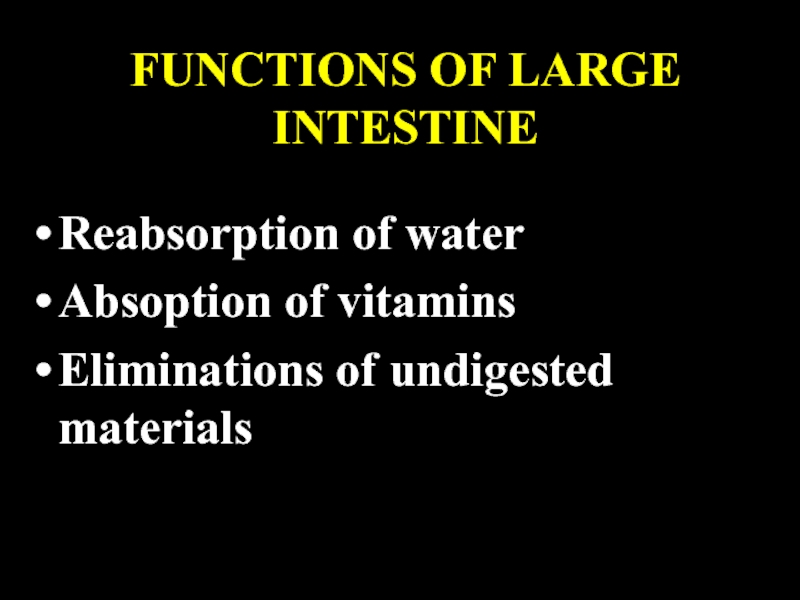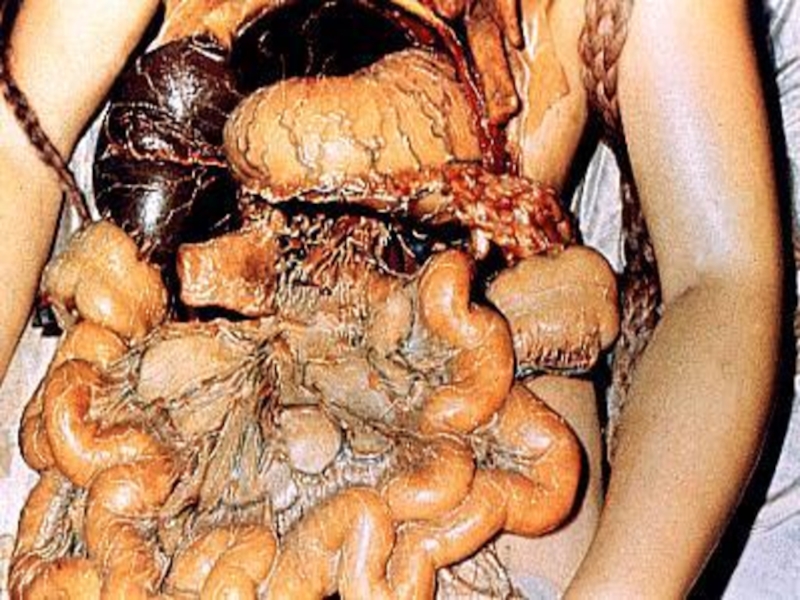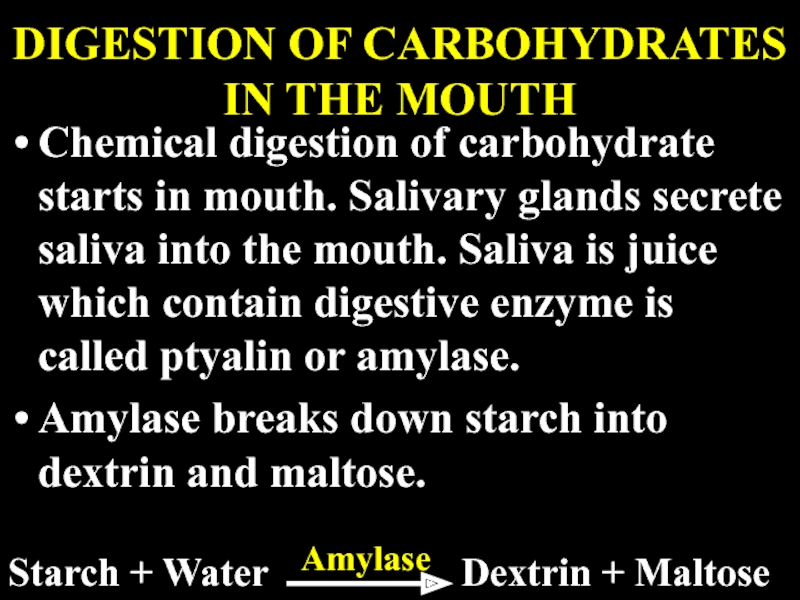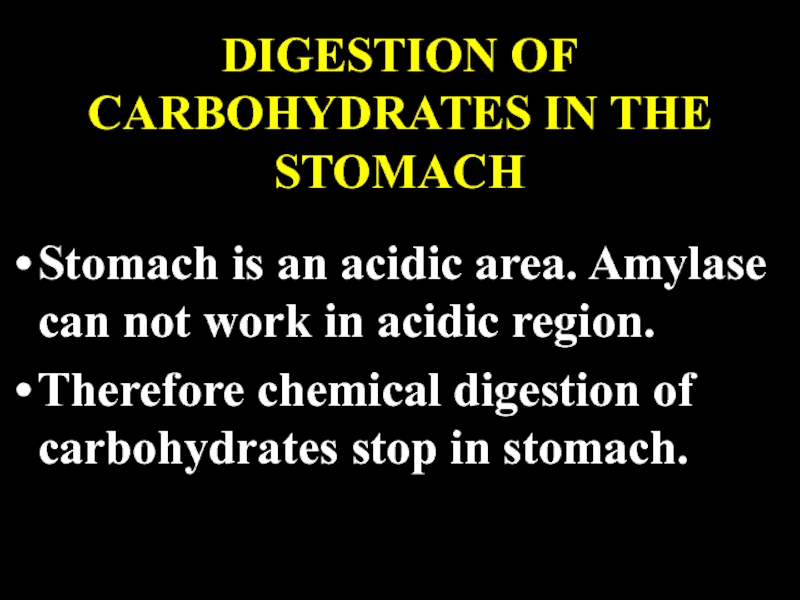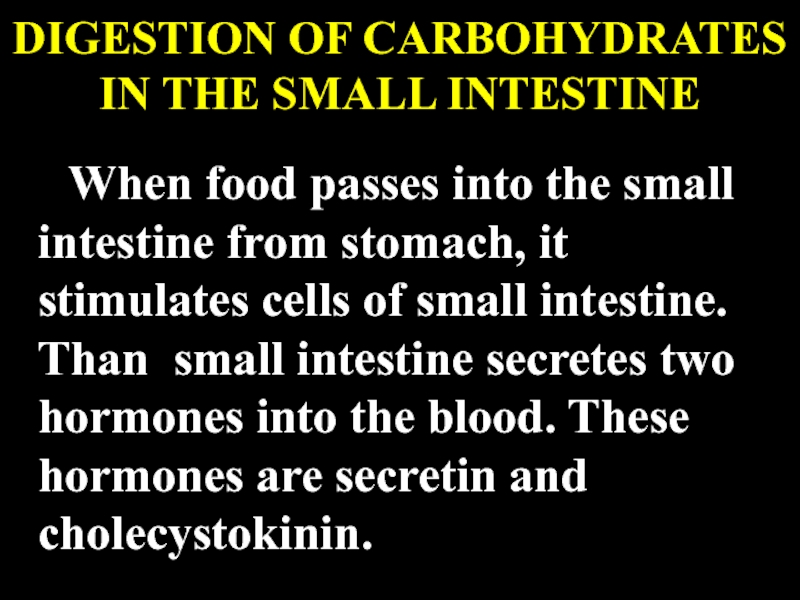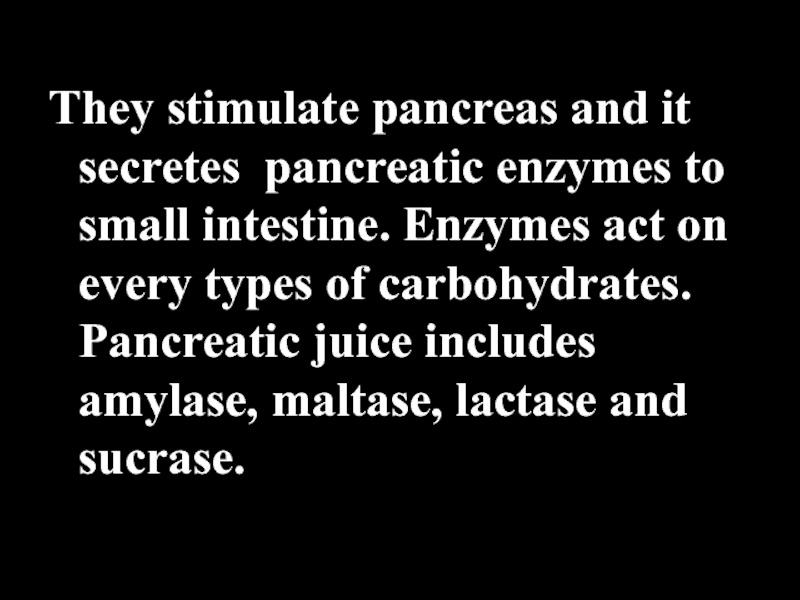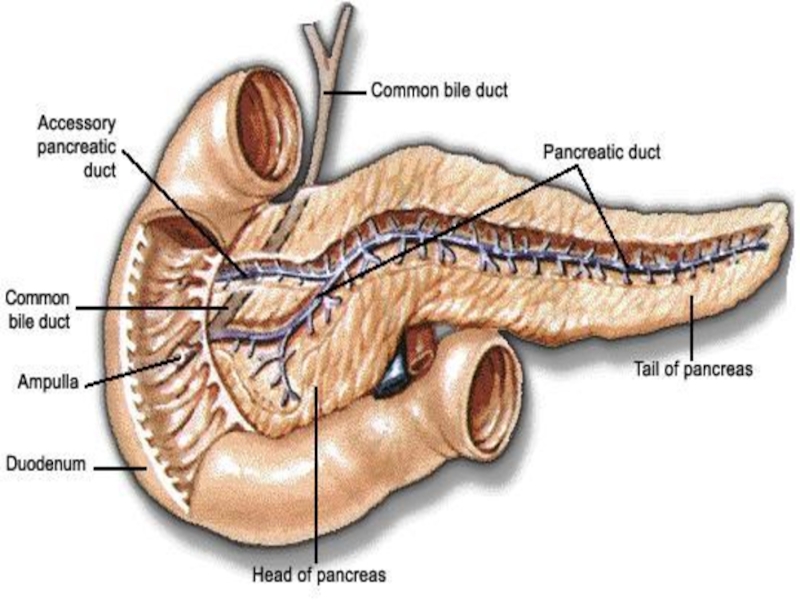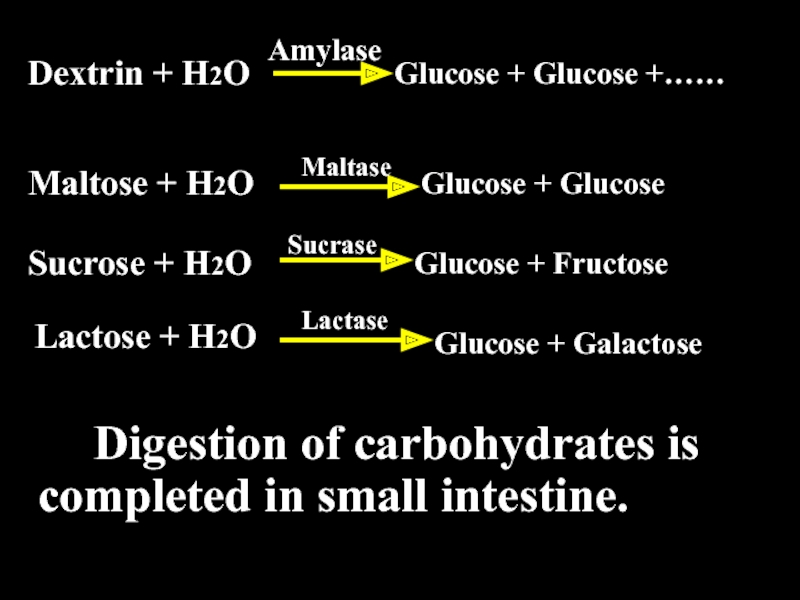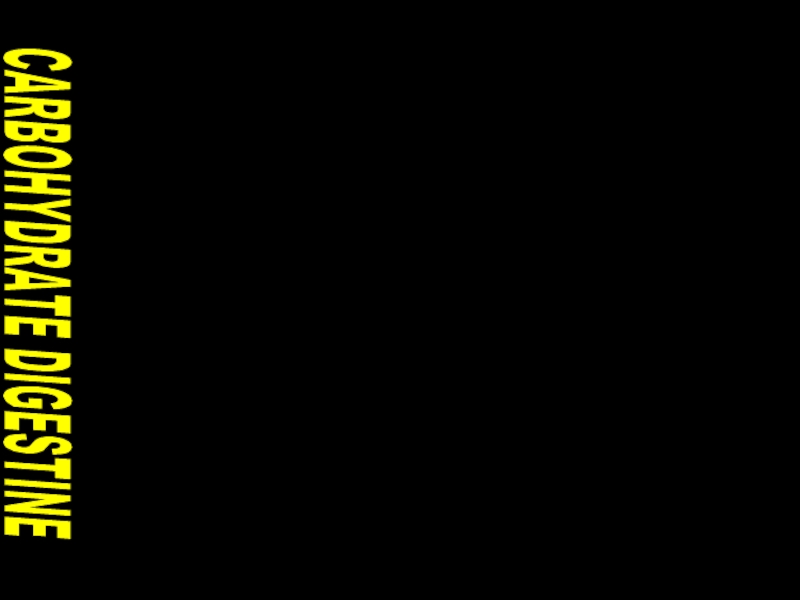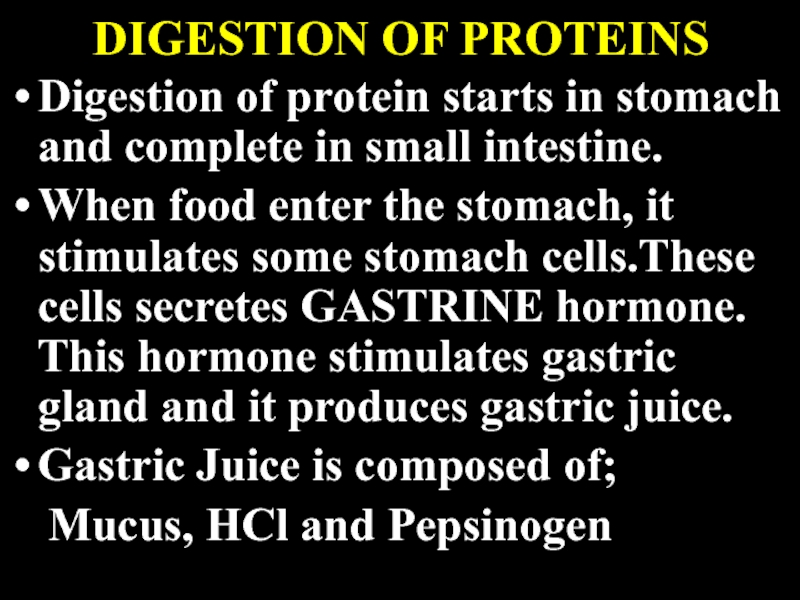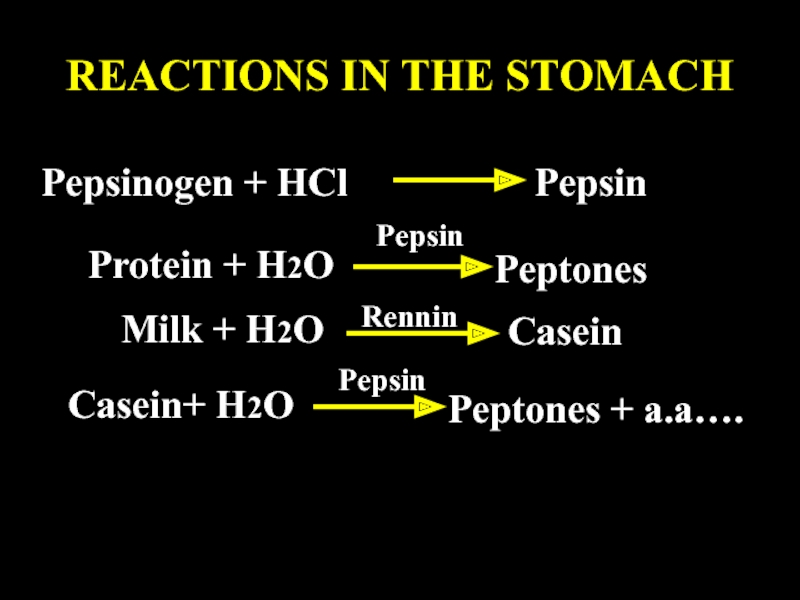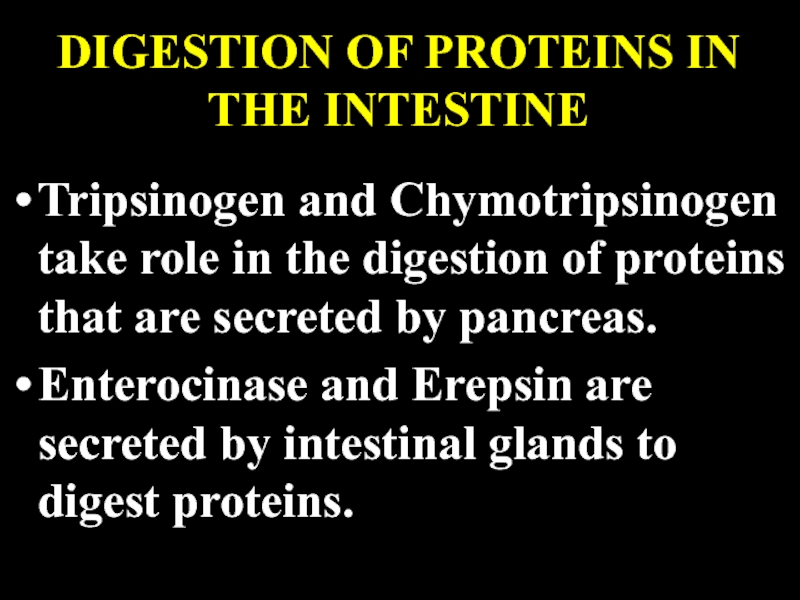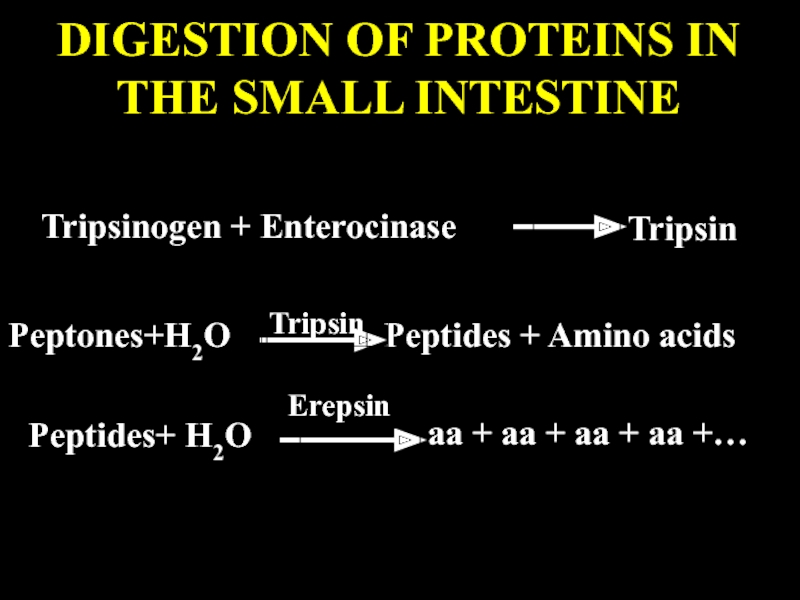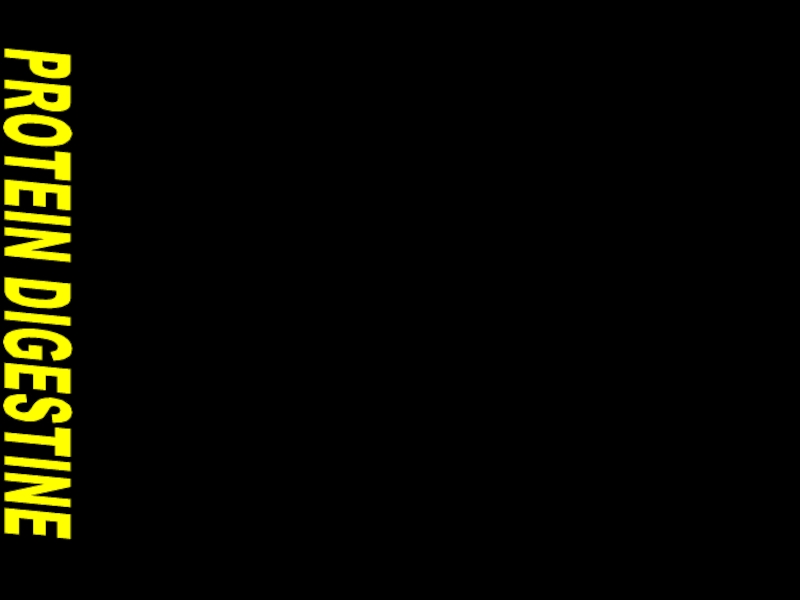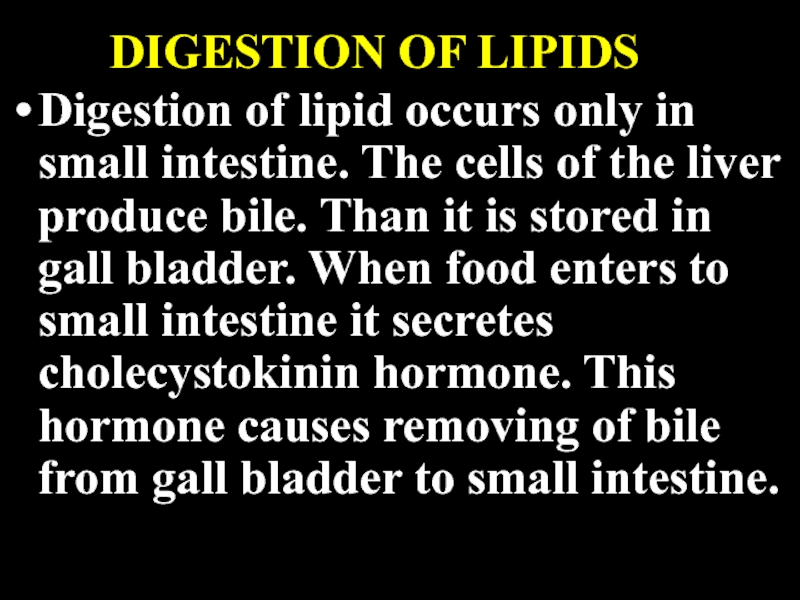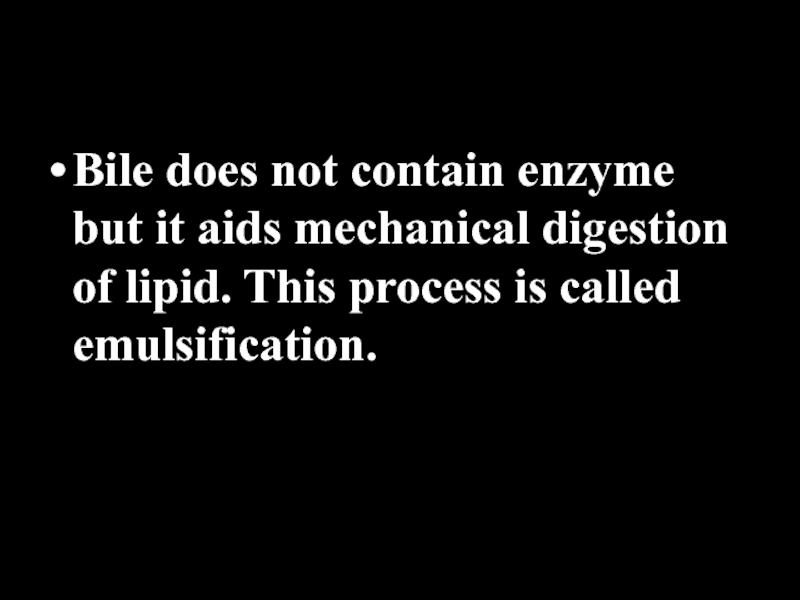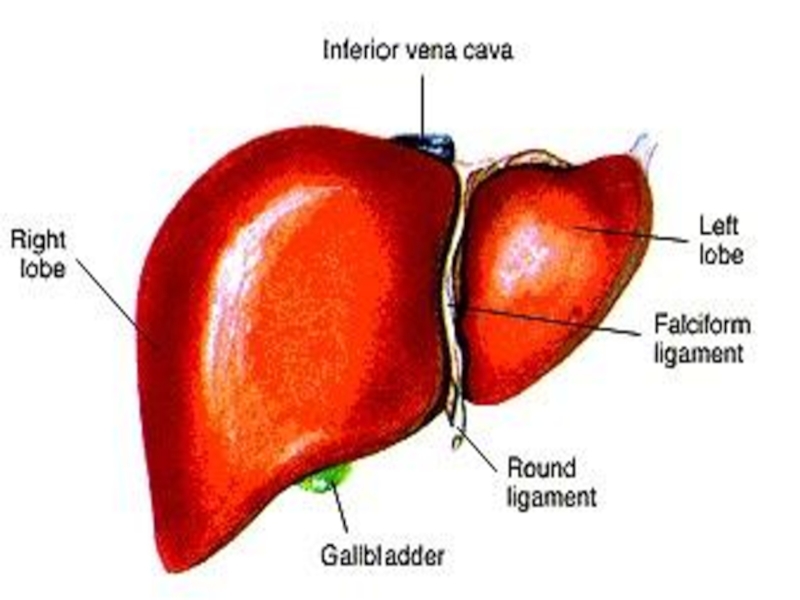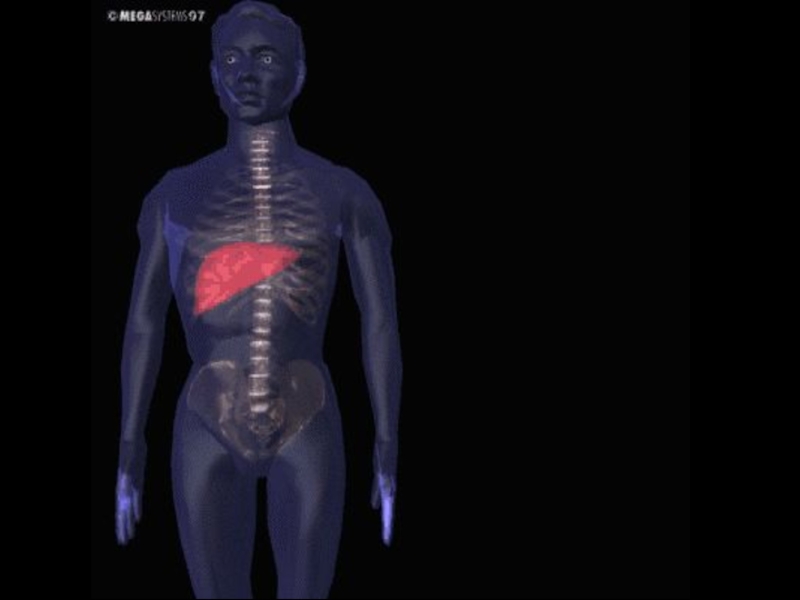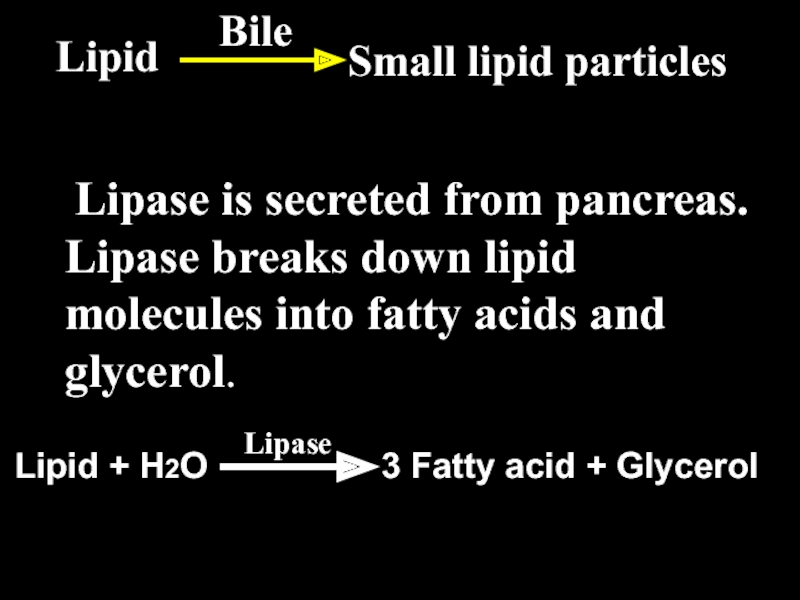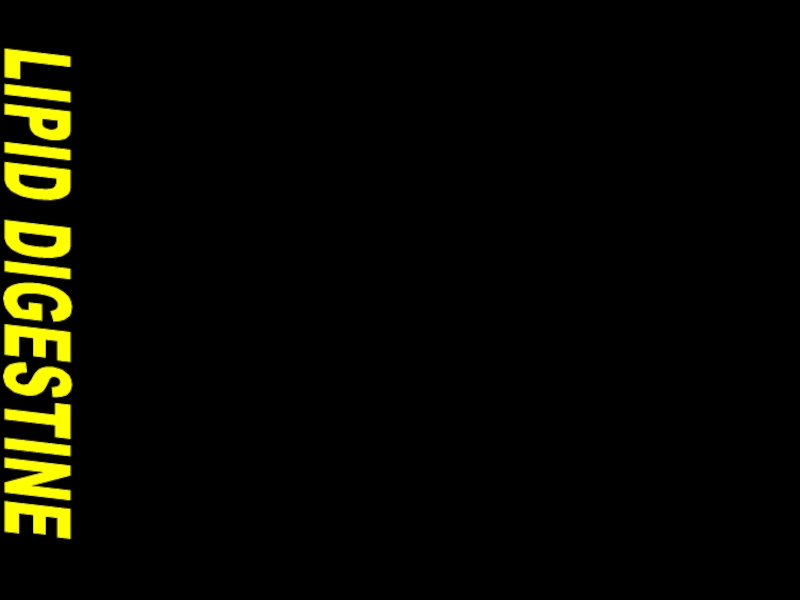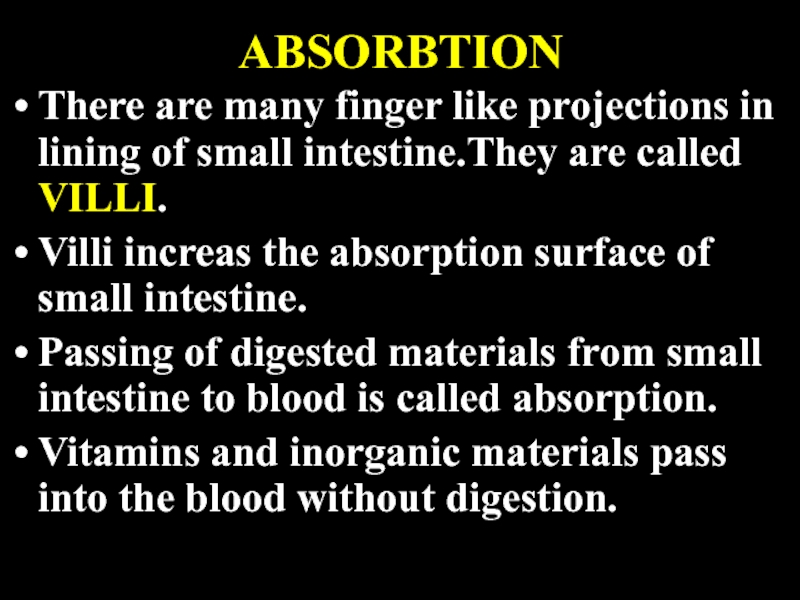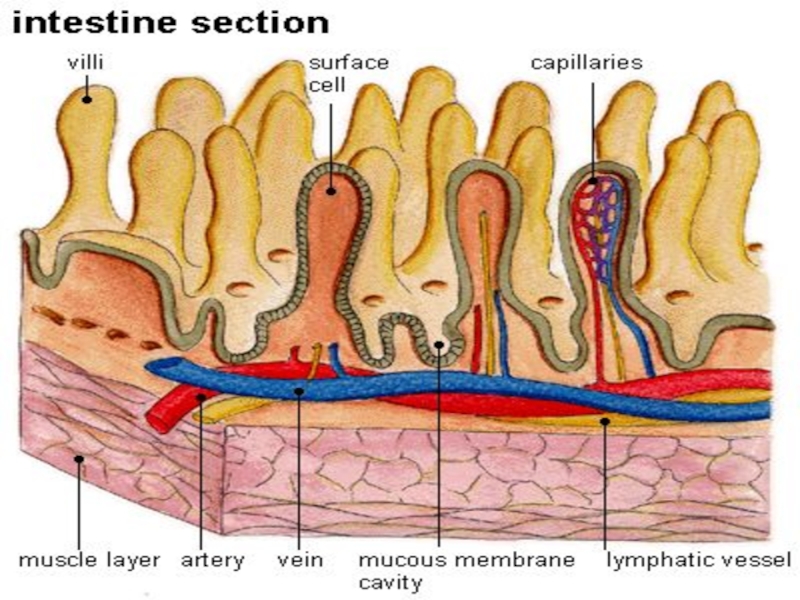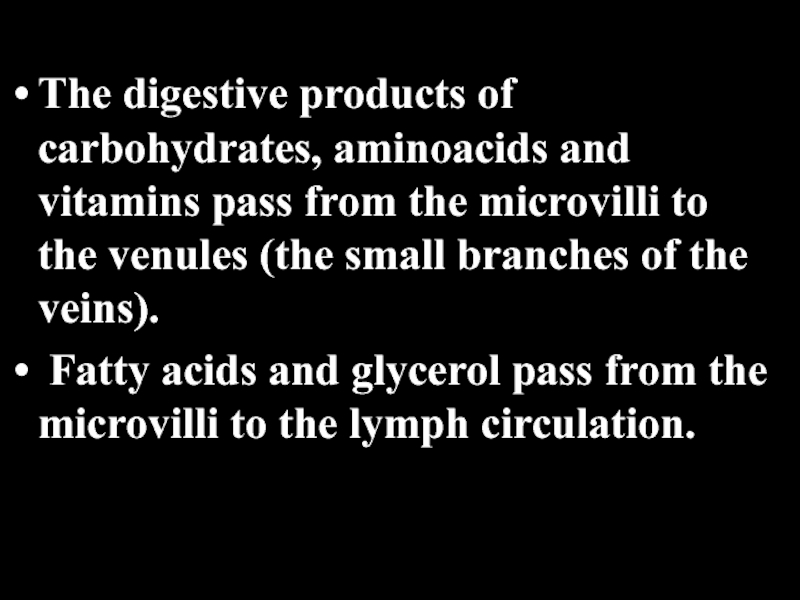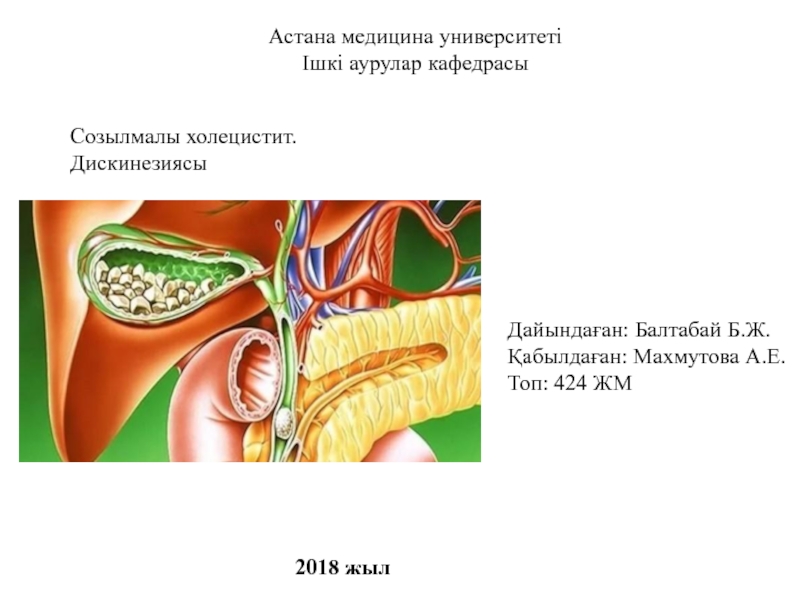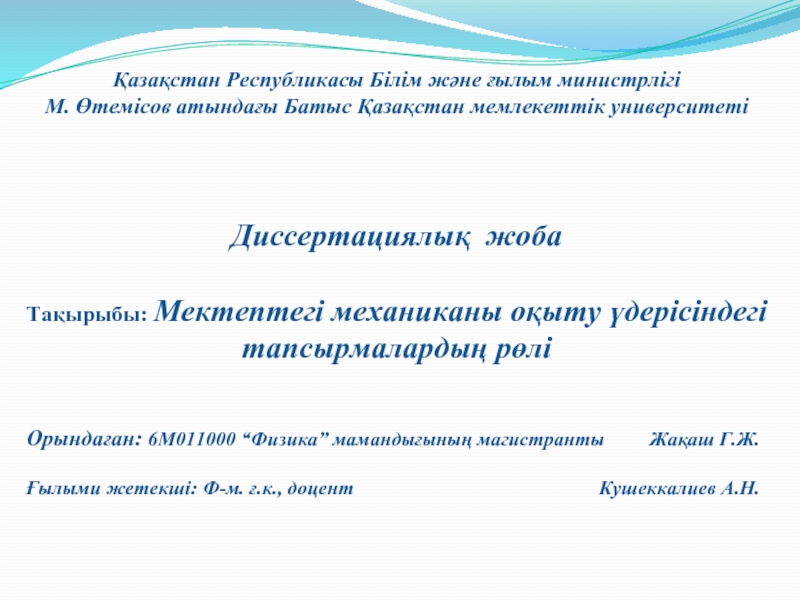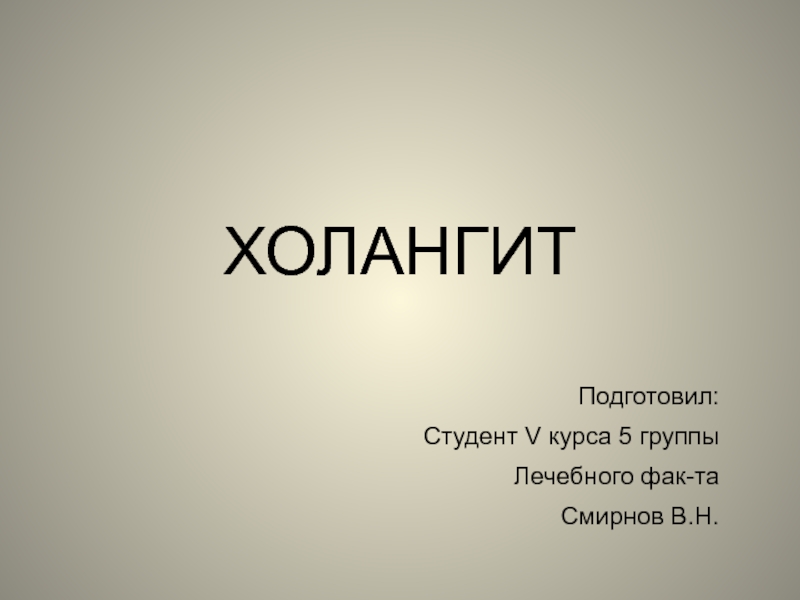- Главная
- Разное
- Дизайн
- Бизнес и предпринимательство
- Аналитика
- Образование
- Развлечения
- Красота и здоровье
- Финансы
- Государство
- Путешествия
- Спорт
- Недвижимость
- Армия
- Графика
- Культурология
- Еда и кулинария
- Лингвистика
- Английский язык
- Астрономия
- Алгебра
- Биология
- География
- Детские презентации
- Информатика
- История
- Литература
- Маркетинг
- Математика
- Медицина
- Менеджмент
- Музыка
- МХК
- Немецкий язык
- ОБЖ
- Обществознание
- Окружающий мир
- Педагогика
- Русский язык
- Технология
- Физика
- Философия
- Химия
- Шаблоны, картинки для презентаций
- Экология
- Экономика
- Юриспруденция
Digestive system презентация
Содержание
- 1. Digestive system
- 2. FOOD A nutrient is a substance required
- 4. Energy and Building Materials Each nutrient plays
- 5. NUTRIENTS
- 6. Carbohydrates Carbohydrates that exist as single sugar
- 7. Proteins Amino acids from proteins are used
- 8. Lipids The body uses lipids to make
- 9. NUTRIENTS
- 10. Vitamins, Minerals, and Water Vitamins are organic
- 11. VITAMINS
- 12. MINERALS
- 13. WATER
- 14. DIGESTION Organisms must break
- 15. There are two types of
- 16. MECHANICAL DIGESTION Pieces of food are firstly
- 17. MECHANICAL DIGESTION
- 18. Chemical digestion is series of reactions in
- 19. CHEMICAL DIGESTION
- 20. TYPES OF DIGESTION
- 21. INTRACELLULAR DIGESTION In unicellular organisms foodstuffs
- 22. EXTRACELLULAR DIGESTION In this
- 24. HUMAN DIGESTIVE SYSTEM The digestive system is
- 26. DIGESTIVE ORGANS
- 28. HUMAN DIGESTIVE SYSTEM
- 29. MOUTH Food enters the body through the
- 30. SALIVARY GLANDS
- 31. TEETH Teeth are adapted for mechanical
- 36. TYPES OF TEETH There are 4 types
- 41. ESOPHAGUS After chewing of food, it is
- 44. PERISTALSIS
- 45. STOMACH Food is stored temporarily in the
- 46. STOMACH
- 48. STOMACH
- 49. STOMACH
- 50. Most digestion and absorption occur in small
- 51. SMALL INTESTINE
- 53. SMALL INTESTINE
- 54. SMALL INTESTINE
- 55. SMALL INTESTINE
- 56. Undigested materials pass from the small intestine
- 57. FUNCTIONS OF LARGE INTESTINE Reabsorption of water Absoption of vitamins Eliminations of undigested materials
- 59. DIGESTION OF CARBOHYDRATES IN THE MOUTH Chemical
- 60. Stomach is an acidic area. Amylase can
- 61. When food passes into
- 62. They stimulate pancreas and it secretes pancreatic
- 64. Digestion of carbohydrates
- 65. CARBOHYDRATE DIGESTINE
- 66. DIGESTION OF PROTEINS Digestion of protein starts
- 67. REACTIONS IN THE STOMACH Pepsinogen + HCl
- 68. DIGESTION OF PROTEINS IN THE INTESTINE Tripsinogen
- 69. DIGESTION OF PROTEINS IN THE SMALL INTESTINE
- 70. PROTEIN DIGESTINE
- 71. DIGESTION OF LIPIDS Digestion of lipid occurs
- 72. Bile does not contain enzyme but
- 75. Lipase is secreted from pancreas. Lipase breaks
- 76. LIPID DIGESTINE
- 77. ABSORBTION There are many finger like projections
- 79. The digestive products of carbohydrates, aminoacids
Слайд 2FOOD
A nutrient is a substance required by the body for energy,
Слайд 4Energy and Building Materials
Each nutrient plays a different role in maintaining
Carbohydrates, proteins, and lipids are involved in providing both energy and building materials to the cells.
Слайд 6Carbohydrates
Carbohydrates that exist as single sugar molecules are called monosaccharides or
Complex carbohydrates must be broken down into simple sugars before cells can use their energy.
Слайд 7Proteins
Amino acids from proteins are used by the body for making
The body needs 20 different amino acids to function. Ten amino acids (called essential amino acids) must be obtained directly from food.
Слайд 8Lipids
The body uses lipids to make steroid hormones and cell membranes
Fats are lipids that store energy in plants and animals. Fats are also stored around organs and act as padding and insulation.
Слайд 10Vitamins, Minerals, and Water
Vitamins are organic substances that occur in foods
Minerals are naturally occurring inorganic substances that re used to make certain body structures and substances. They are also needed for normal nerve and muscle function.
Слайд 14DIGESTION
Organisms must break down their foodstuffs into their
the cell membrane.
This process is
called digestion.
Слайд 15 There are two types of digestion. These
Mechanical digestion
Chemical digestion
TYPES OF DIGESTION
Слайд 16MECHANICAL DIGESTION
Pieces of food are firstly cut, crushed, or broken into
Mechanical breakdown increases the surface area of the food particles.
. Protein Protein
Слайд 18Chemical digestion is series of reactions in which foods are hydrolyzed,
CHEMICAL DIGESTION
STARCH + WATER
n GLUCOSE
Слайд 20TYPES OF DIGESTION ACCORDING TO
There are two types digestion according to the their medium.These are
EXTRACELLULAR DIGESTION
INTRACELLULAR DIGESTION
Слайд 21INTRACELLULAR DIGESTION
In unicellular organisms foodstuffs are digested within food vacuoles in
Слайд 22EXTRACELLULAR DIGESTION
In this process, digestion of food takes
Extracellular digestion is seen in protista, invertebrates and all vertebrates.
Слайд 24HUMAN DIGESTIVE SYSTEM
The digestive system is made up of highly specialized
Human Digestive System includes;
Mouth
Eusophagus
Stomach
Small Intestine
Large Intestine
Слайд 29MOUTH
Food enters the body through the mouth.
Mechanical and chemical digestion
There are three pairs of salivary glands in the lining of the mouth. Salivary glands secrete saliva into the mouth. They help in chemical digestion
Слайд 31TEETH
Teeth are adapted for mechanical digestion of food.
Each tooth
The crown is covered with enamel. It is hardest material of our body.
Слайд 36TYPES OF TEETH
There are 4 types of teeth. These are
1- Molars
2- Pre molars 8
3- Canines 4
4- Incisors 8
TOTAL 32
Слайд 41ESOPHAGUS
After chewing of food, it is pushed by the tongue to
Peristalsis begins in the esophagus. Peristalsis is the series rhythmic muscles contraction and relaxations. Food moves through the digestion system by peristalsis.
Слайд 45STOMACH
Food is stored temporarily in the stomach. Mechanical and chemical digestion
Stomach secretes enzymes for chemical digestion
Слайд 50Most digestion and absorption occur in small intestine. Most chemical digestion
The small intestine has three parts. They are duodenum jejunum and ileum.
SMALL INTESTINE
Слайд 56Undigested materials pass from the small intestine into the large intestine.
The large intestine contains many bacteria. They produce vitamins such as vitamin K.
Large intestine opens to the outside of the body through the anus.
LARGE INTESTINE
Слайд 57FUNCTIONS OF LARGE INTESTINE
Reabsorption of water
Absoption of vitamins
Eliminations of undigested materials
Слайд 59DIGESTION OF CARBOHYDRATES IN THE MOUTH
Chemical digestion of carbohydrate starts in
Amylase breaks down starch into dextrin and maltose.
Starch + Water
Amylase
Dextrin + Maltose
Слайд 60Stomach is an acidic area. Amylase can not work in acidic
Therefore chemical digestion of carbohydrates stop in stomach.
DIGESTION OF CARBOHYDRATES IN THE STOMACH
Слайд 61 When food passes into the small intestine from
DIGESTION OF CARBOHYDRATES IN THE SMALL INTESTINE
Слайд 62They stimulate pancreas and it secretes pancreatic enzymes to small intestine.
Слайд 64 Digestion of carbohydrates is completed in small
Dextrin + H2O
Glucose + Glucose +……
Amylase
Maltose + H2O
Maltase
Glucose + Glucose
Sucrose + H2O
Sucrase
Glucose + Fructose
Lactose + H2O
Lactase
Glucose + Galactose
Слайд 66DIGESTION OF PROTEINS
Digestion of protein starts in stomach and complete in
When food enter the stomach, it stimulates some stomach cells.These cells secretes GASTRINE hormone. This hormone stimulates gastric gland and it produces gastric juice.
Gastric Juice is composed of;
Mucus, HCl and Pepsinogen
Слайд 67REACTIONS IN THE STOMACH
Pepsinogen + HCl
Pepsin
Protein + H2O
Peptones
Pepsin
Milk + H2O
Casein
Rennin
Casein+ H2O
Peptones + a.a….
Pepsin
Слайд 68DIGESTION OF PROTEINS IN THE INTESTINE
Tripsinogen and Chymotripsinogen take role in
Enterocinase and Erepsin are secreted by intestinal glands to digest proteins.
Слайд 69DIGESTION OF PROTEINS IN THE SMALL INTESTINE
Tripsinogen + Enterocinase
Tripsin
Peptones+H2O
Peptides + Amino acids
Tripsin
Peptides+ H2O
Erepsin
aa + aa + aa + aa +…
Слайд 71DIGESTION OF LIPIDS
Digestion of lipid occurs only in small intestine. The
Слайд 72
Bile does not contain enzyme but it aids mechanical digestion of
Слайд 75 Lipase is secreted from pancreas. Lipase breaks down lipid molecules into
Lipid
Small lipid particles
Bile
Lipid + H2O
3 Fatty acid + Glycerol
Lipase
Слайд 77ABSORBTION
There are many finger like projections in lining of small intestine.They
Villi increas the absorption surface of small intestine.
Passing of digested materials from small intestine to blood is called absorption.
Vitamins and inorganic materials pass into the blood without digestion.
Слайд 79
The digestive products of carbohydrates, aminoacids and vitamins pass from the
Fatty acids and glycerol pass from the microvilli to the lymph circulation.
